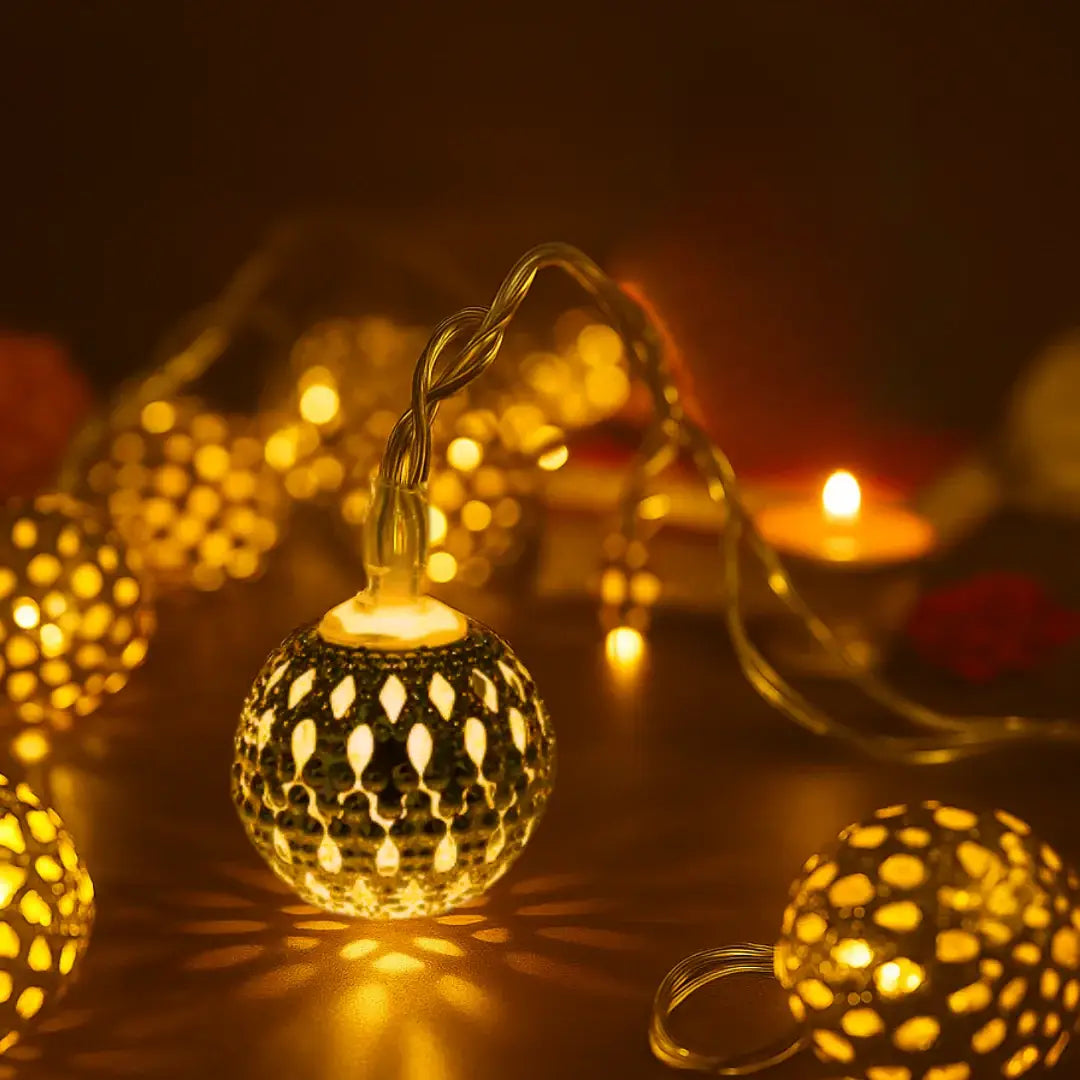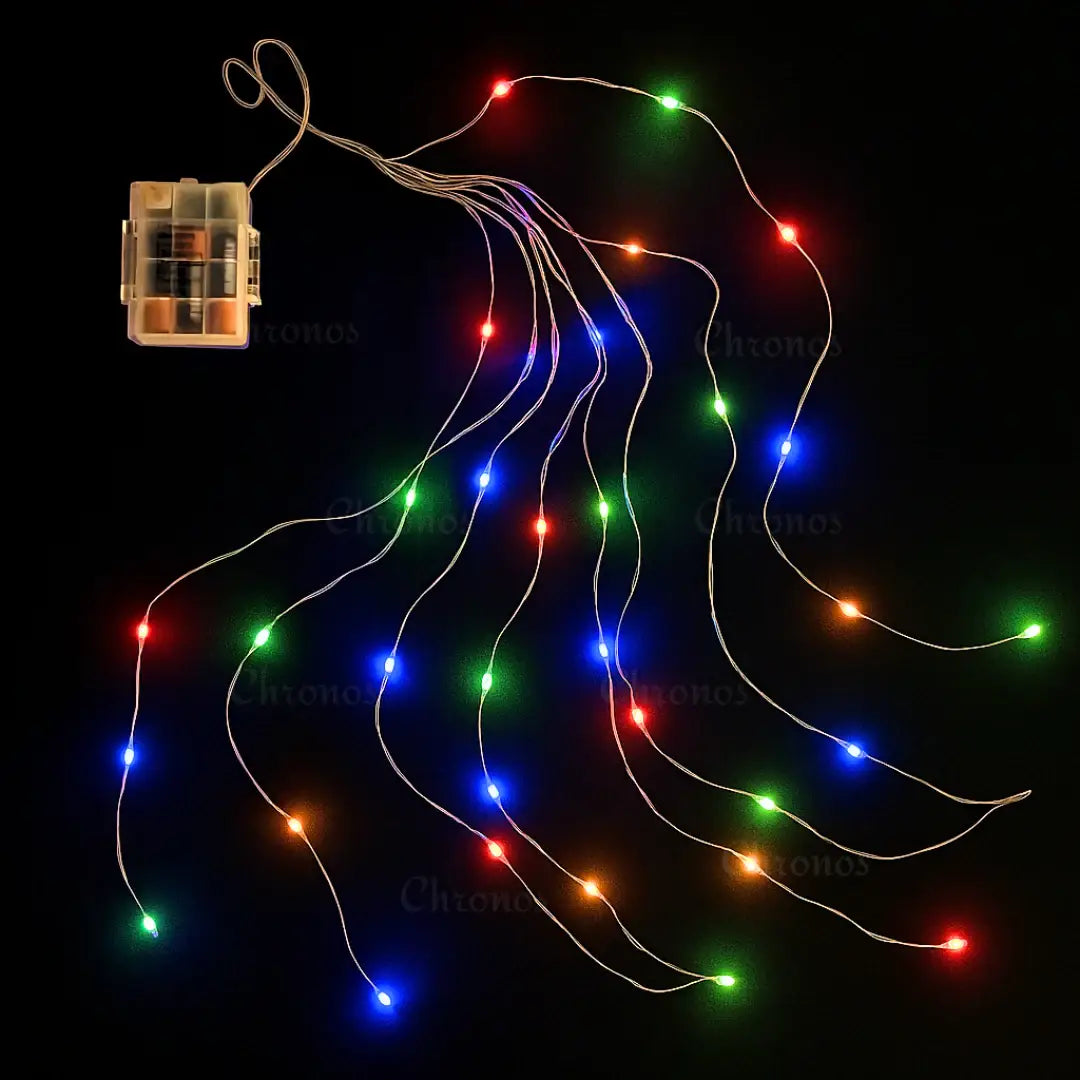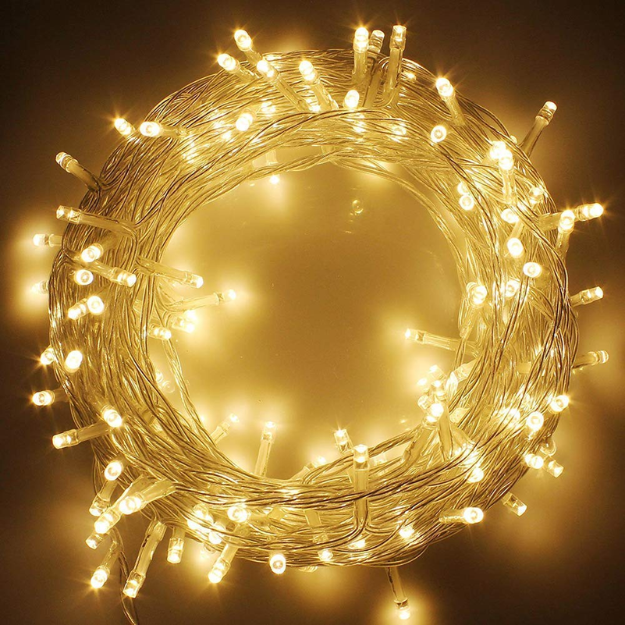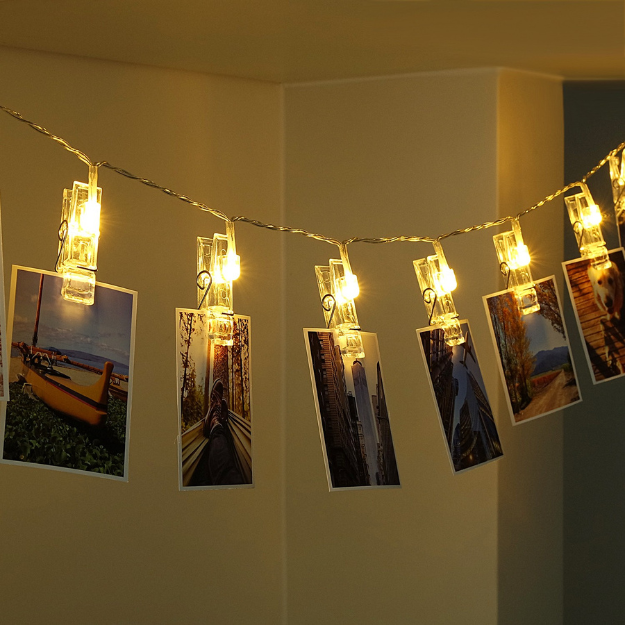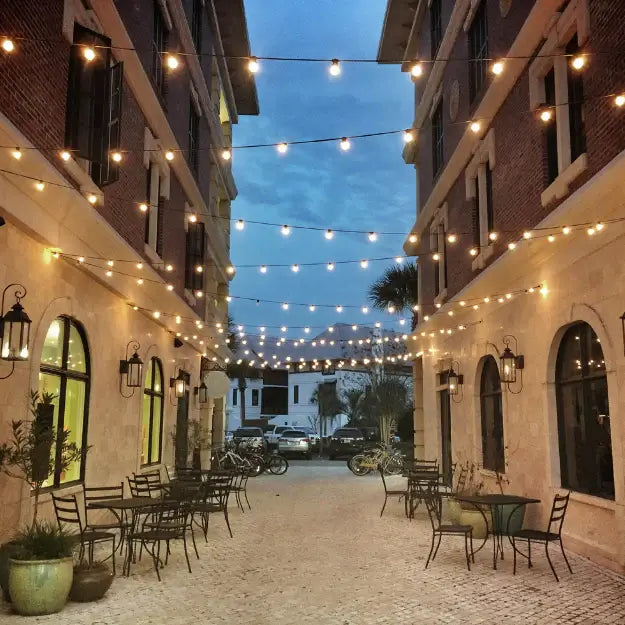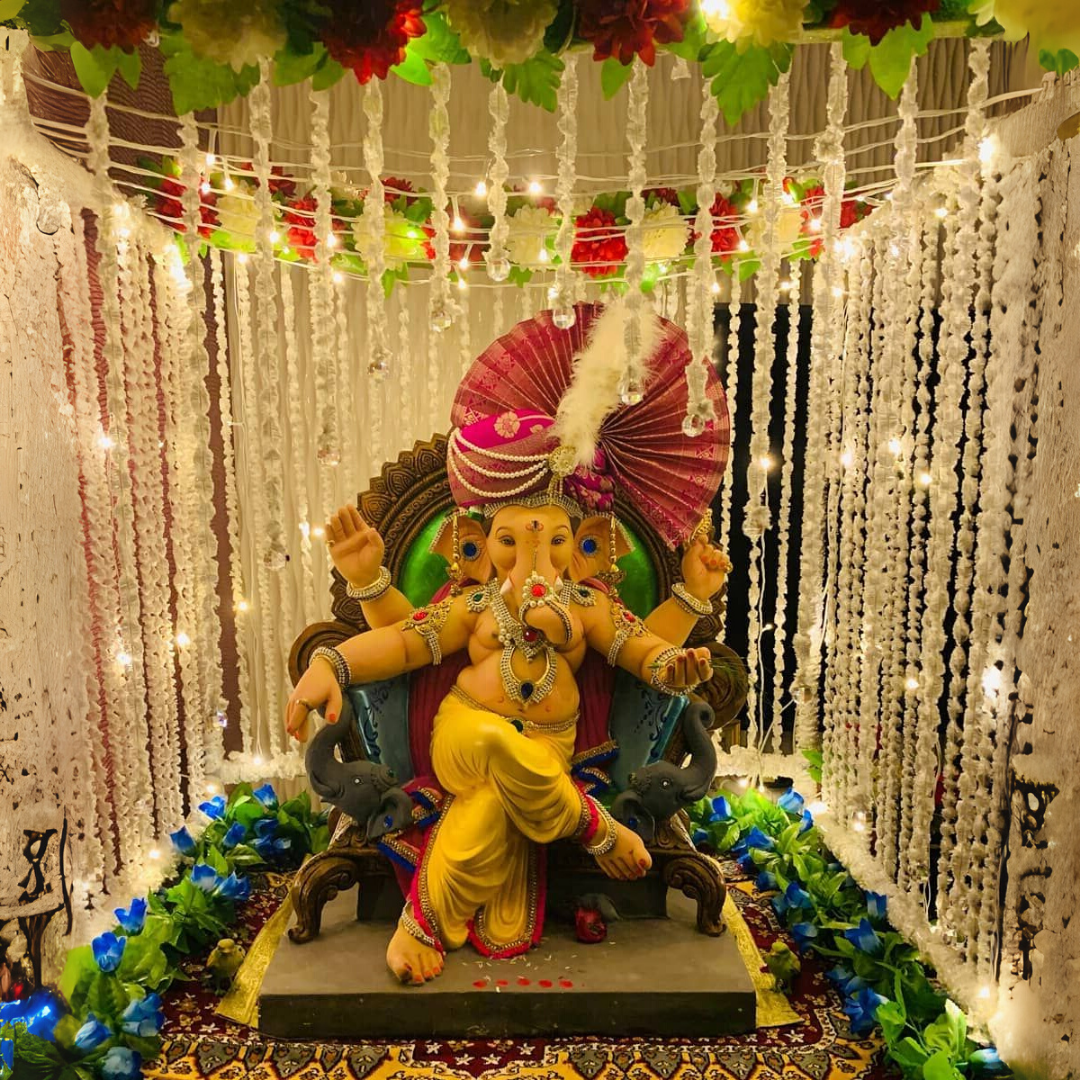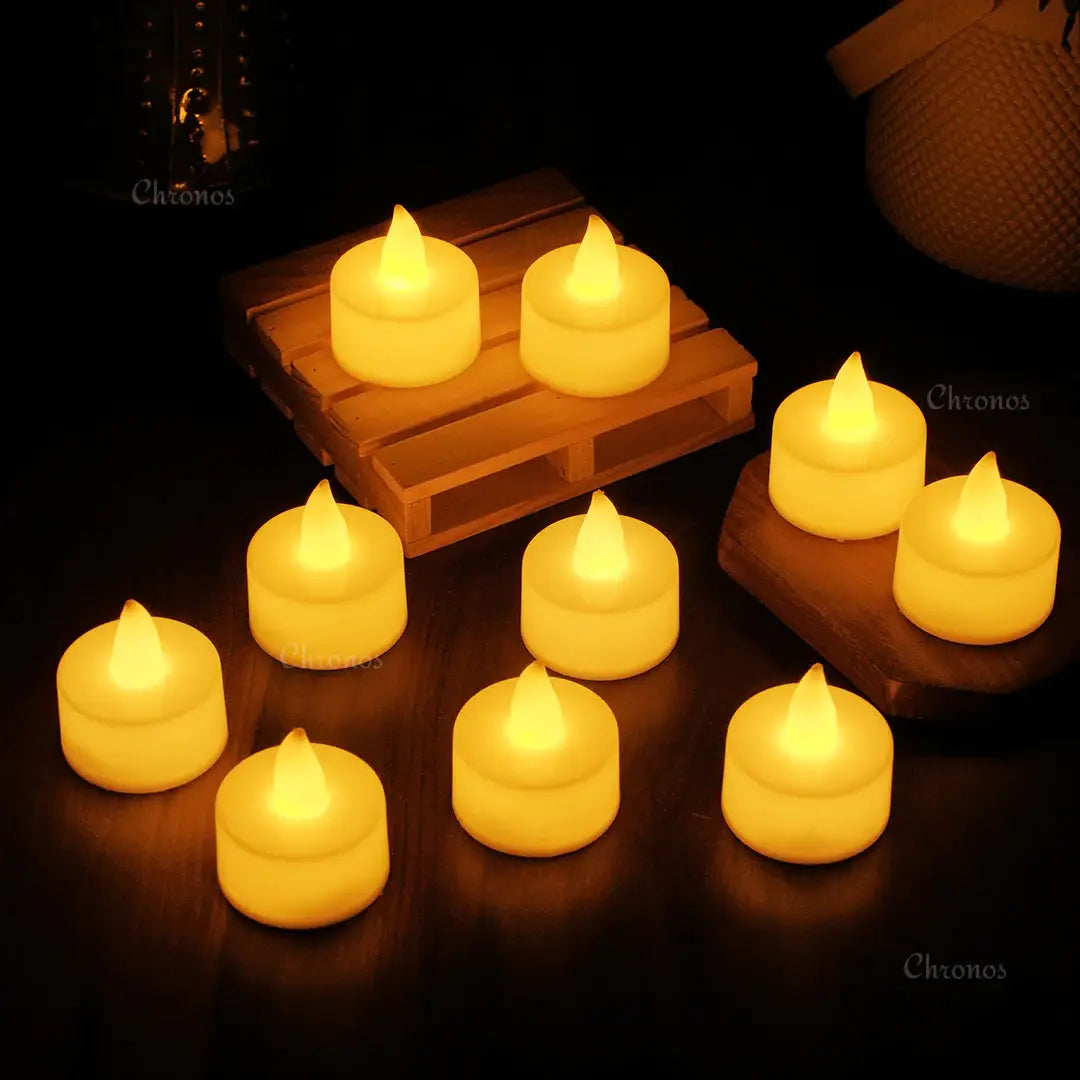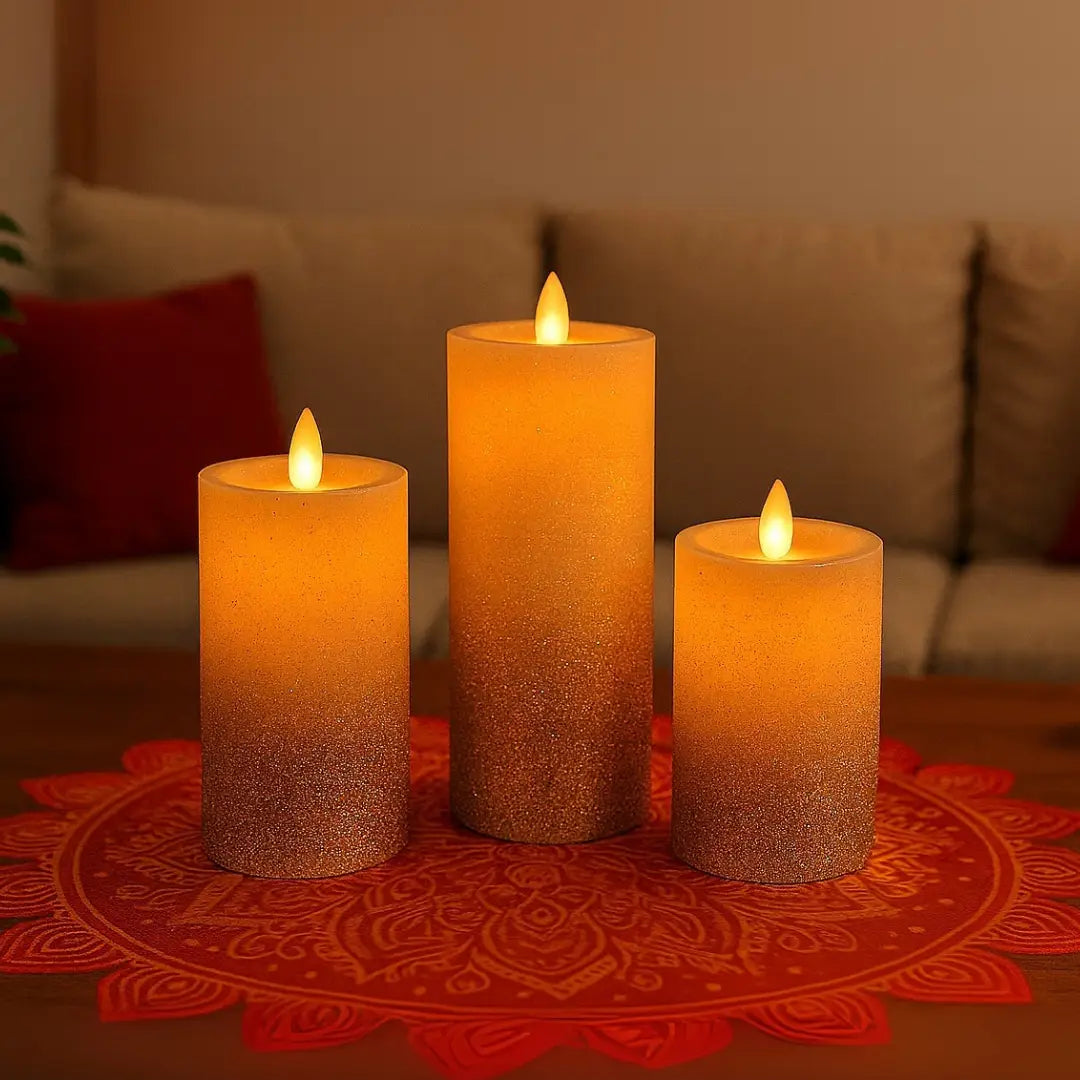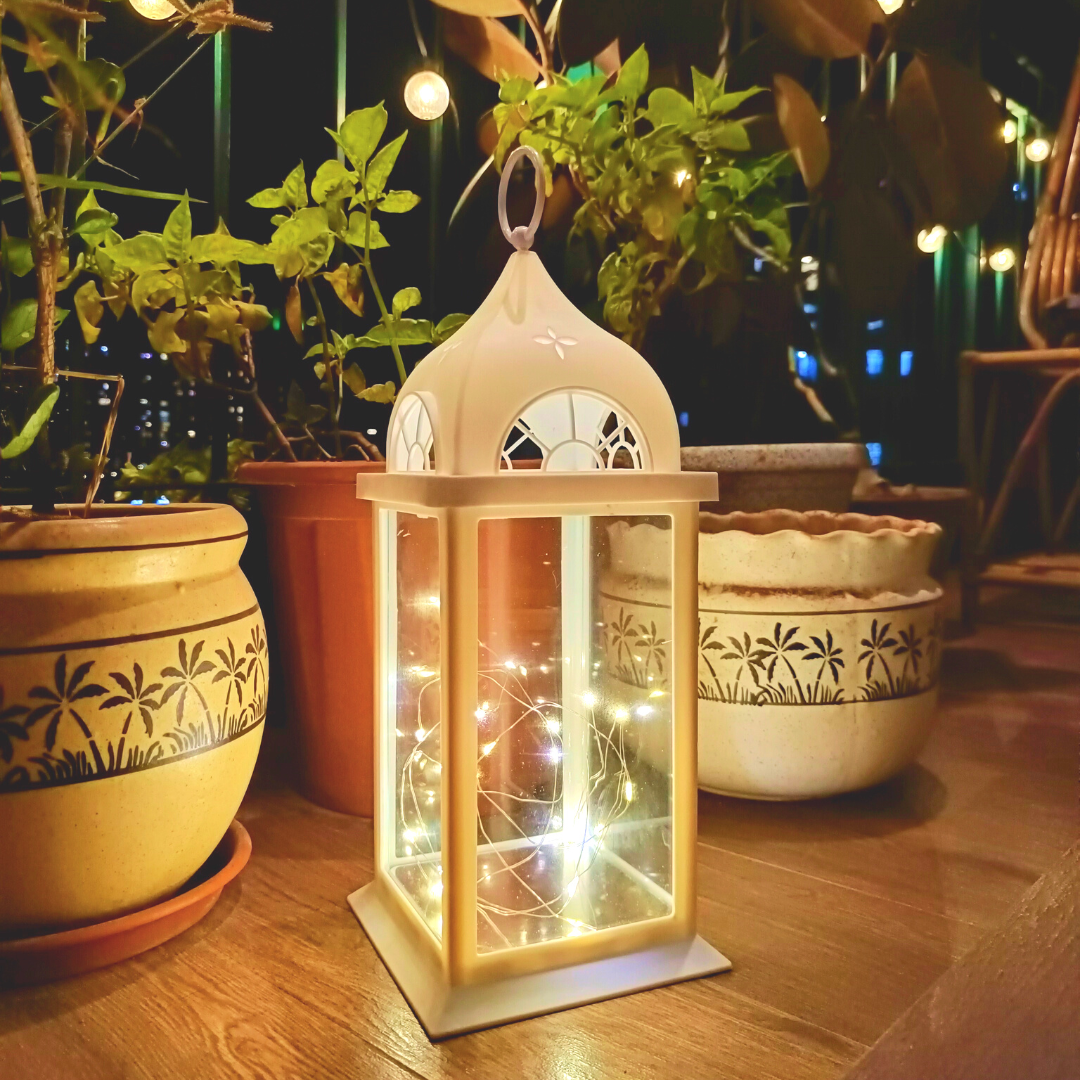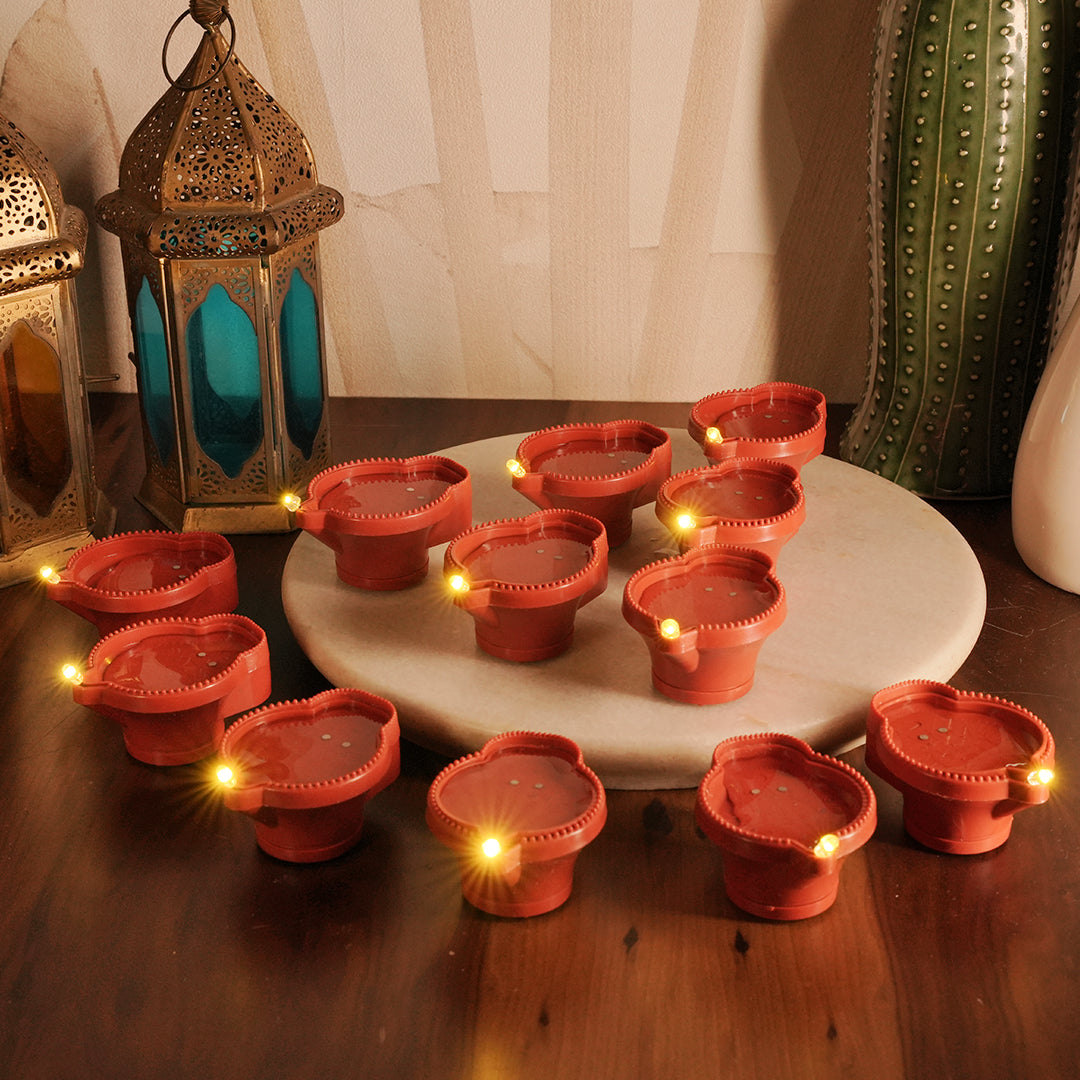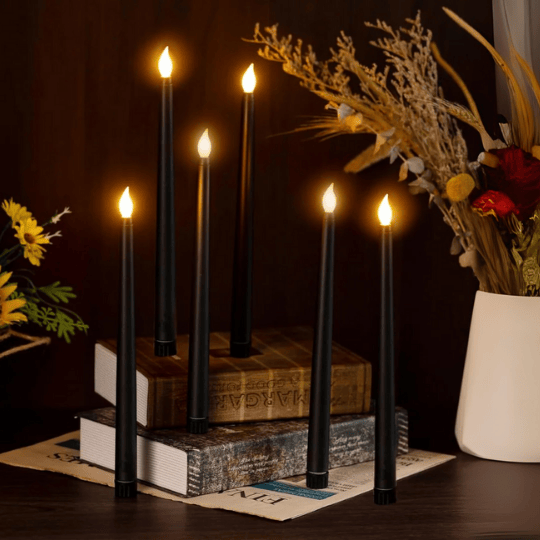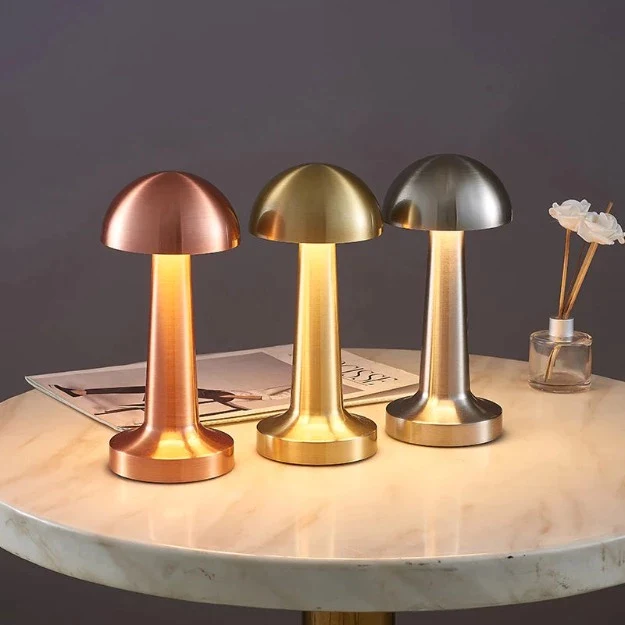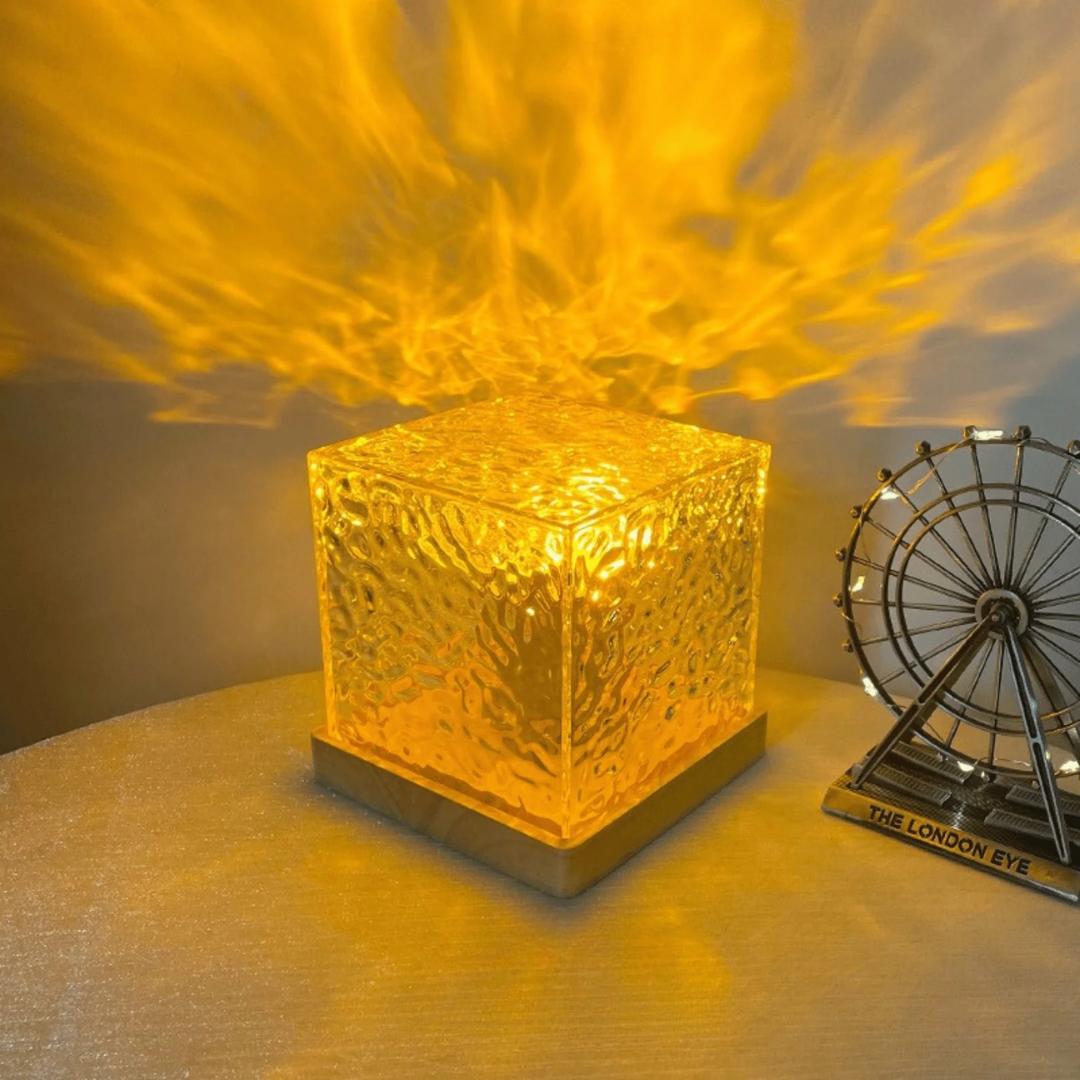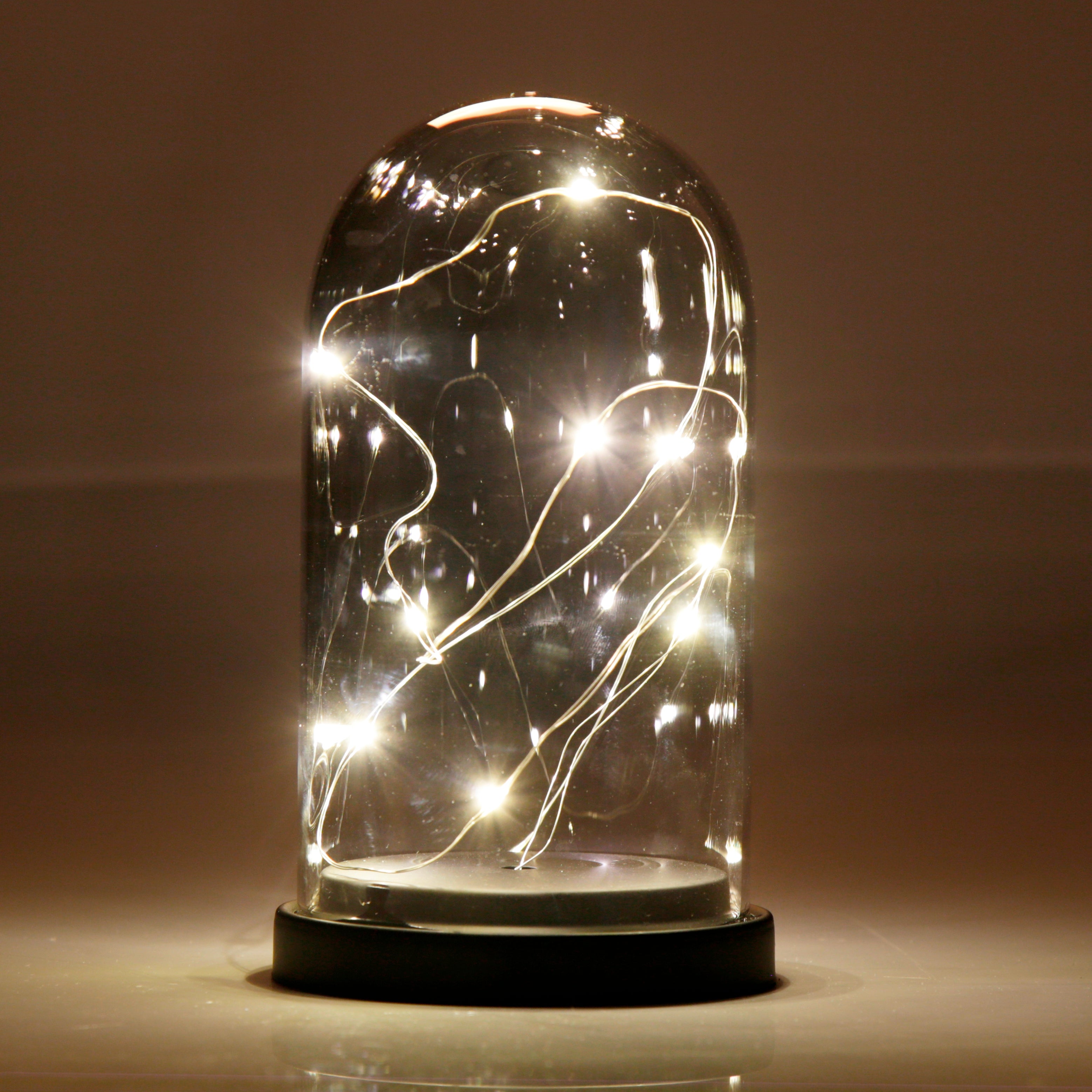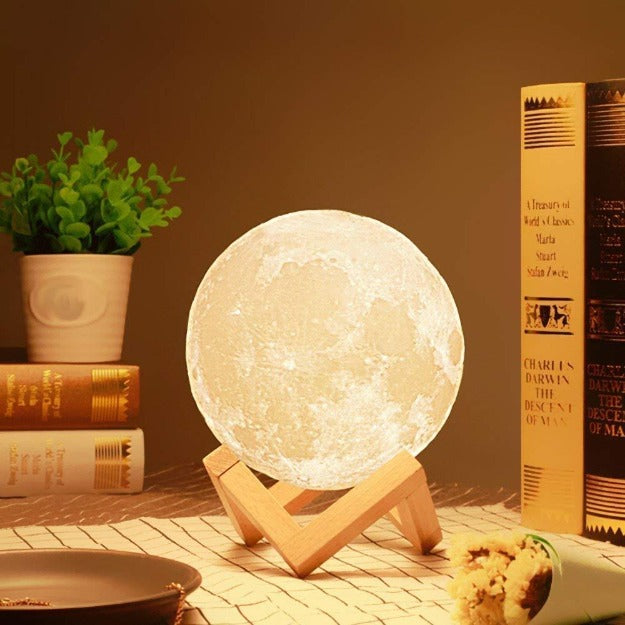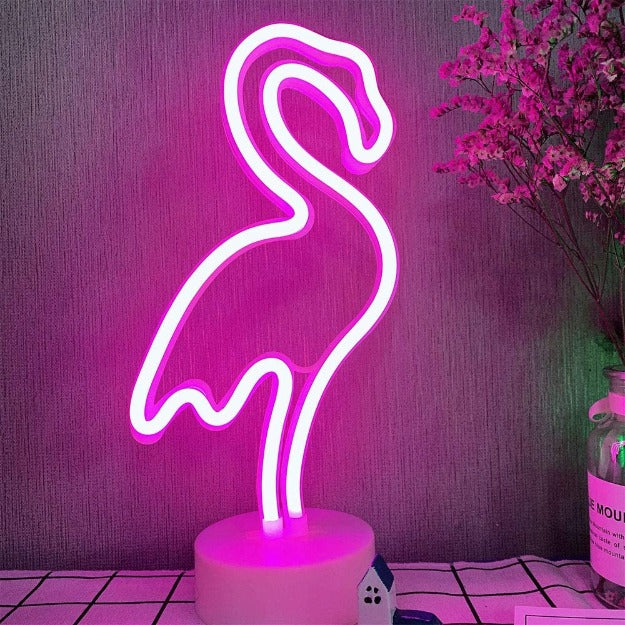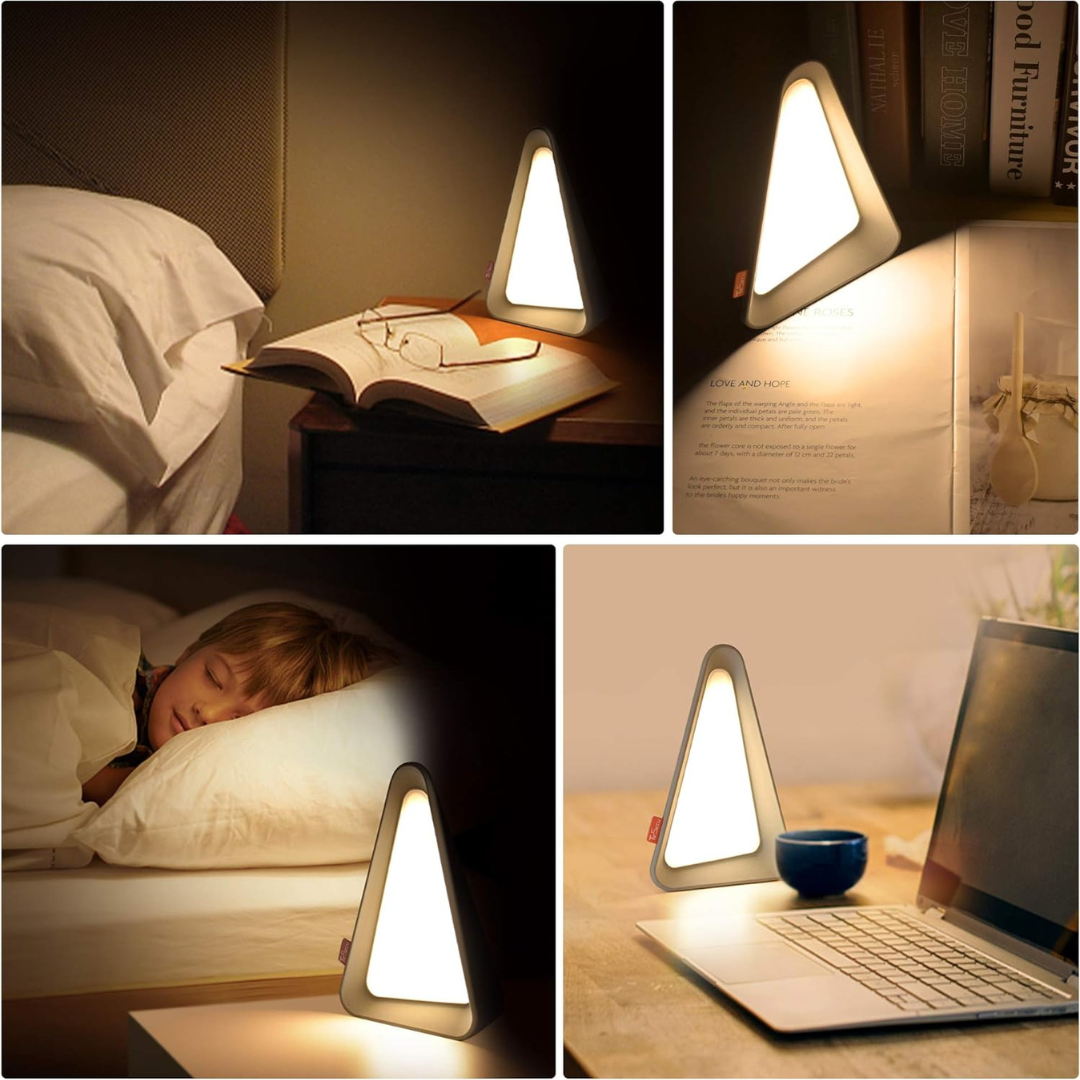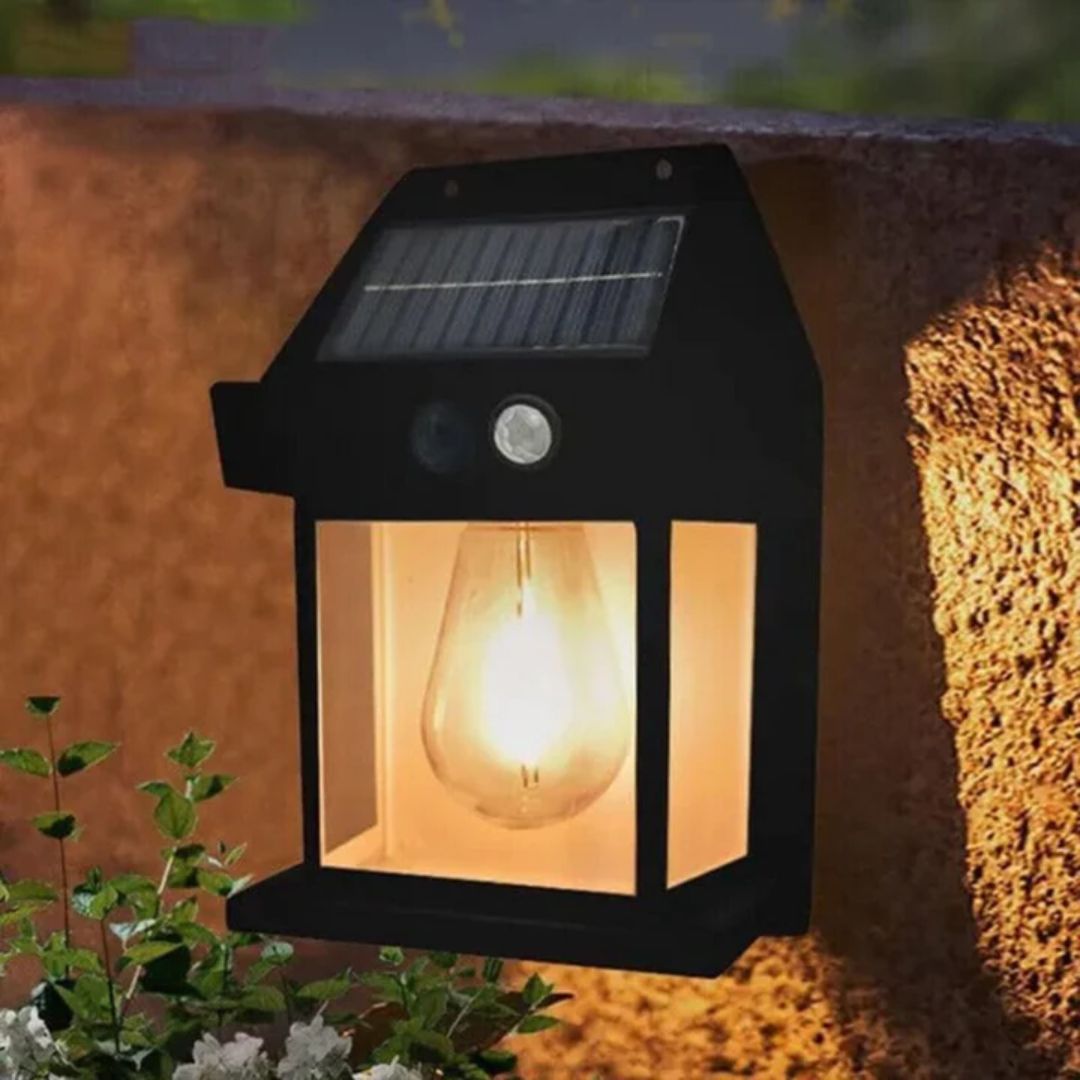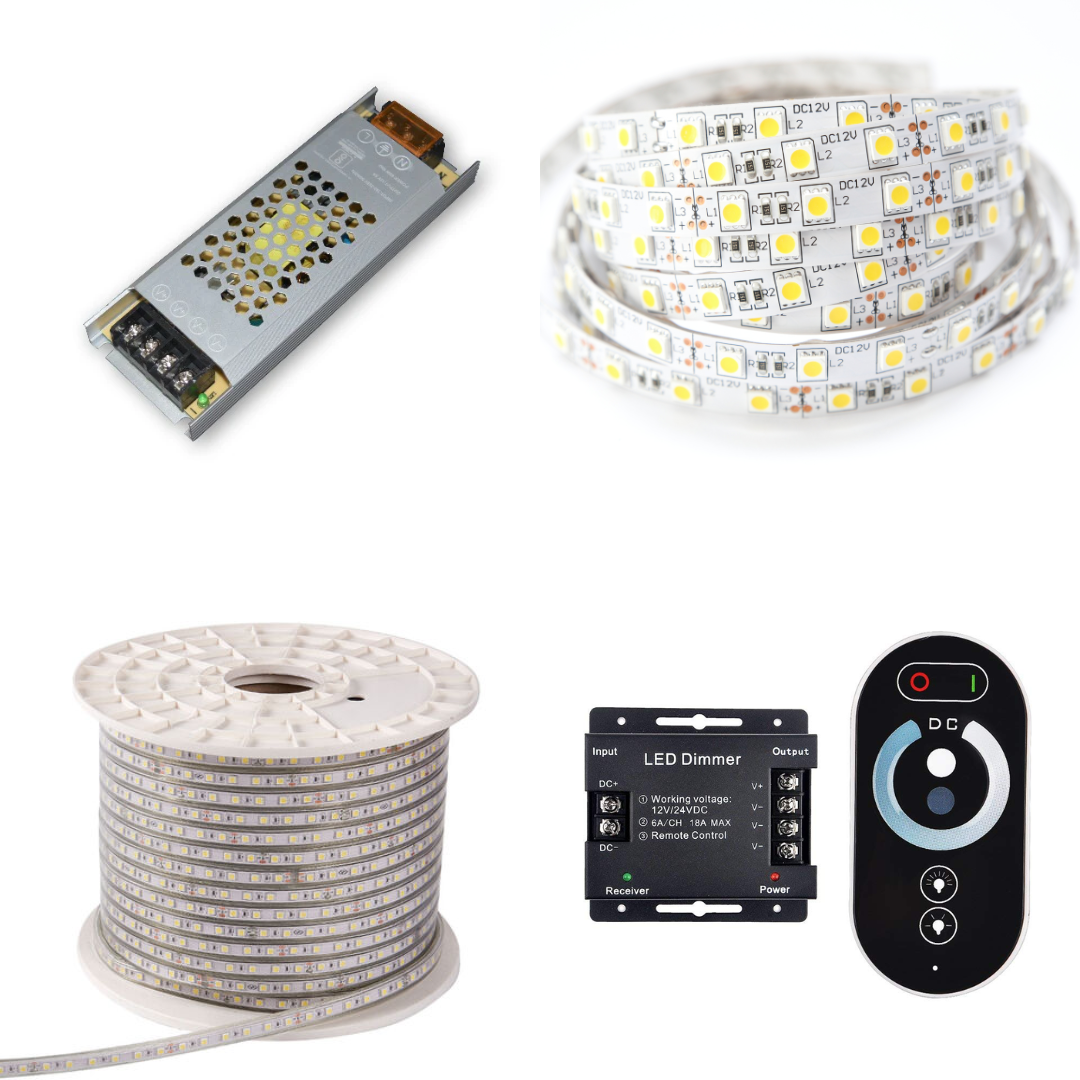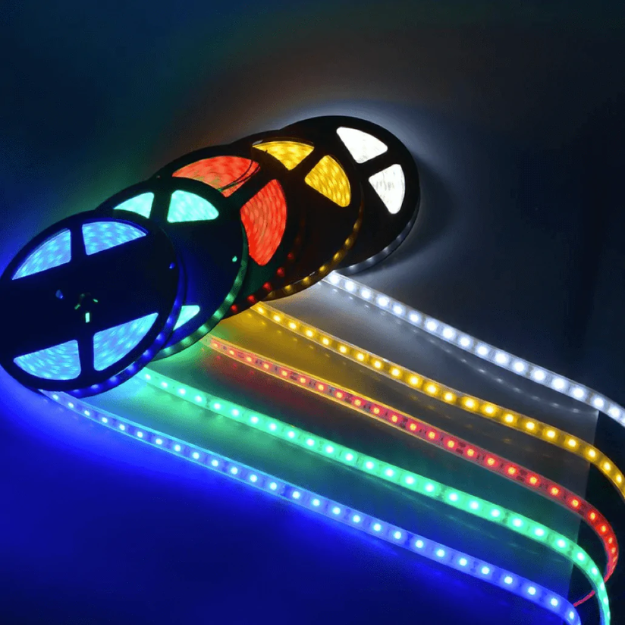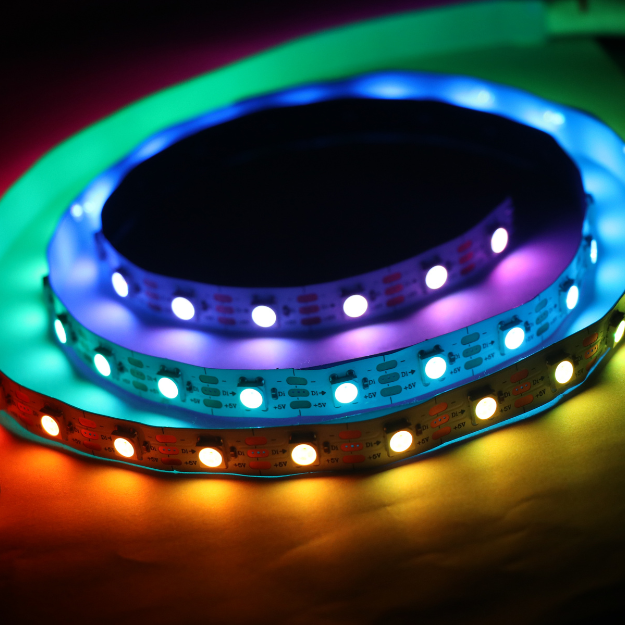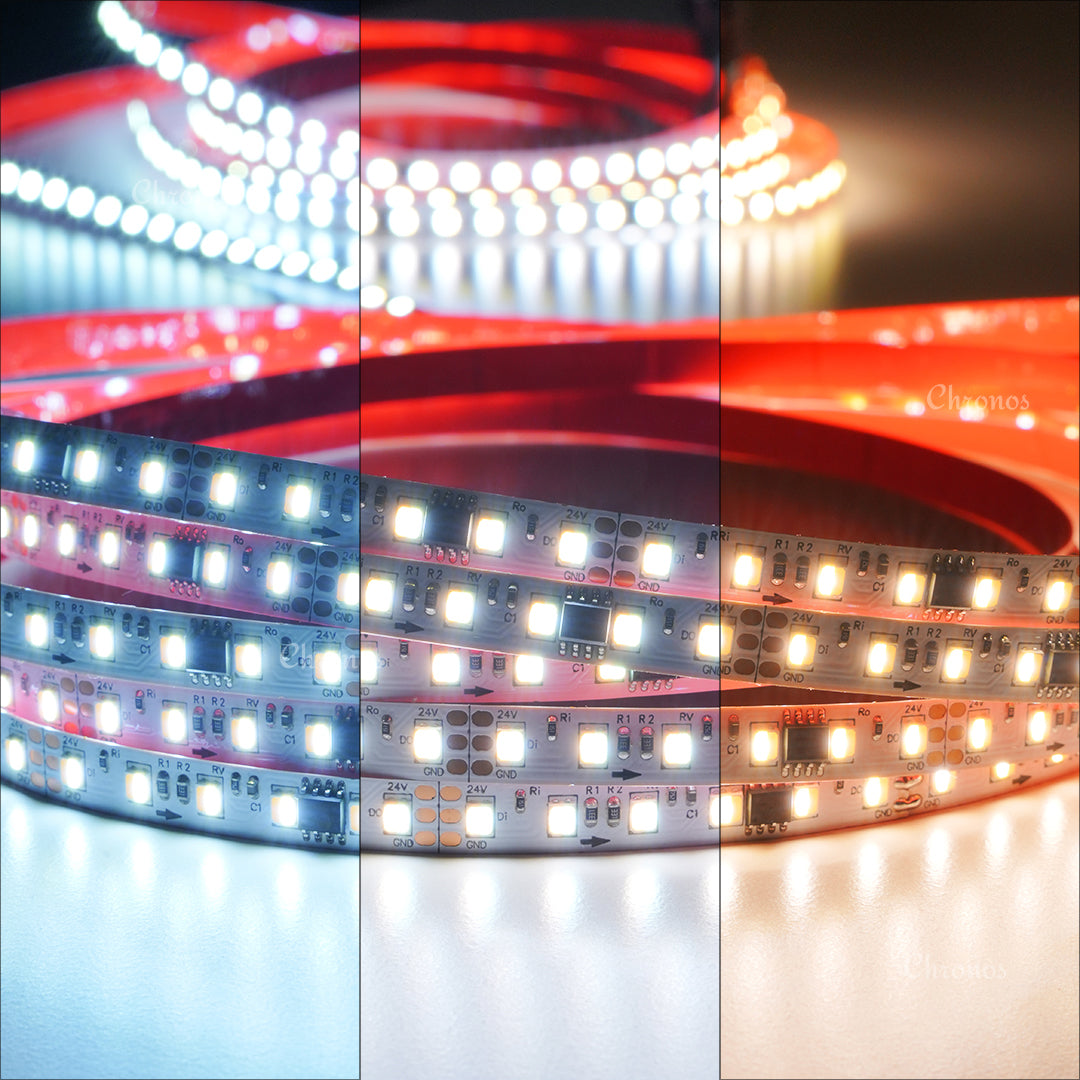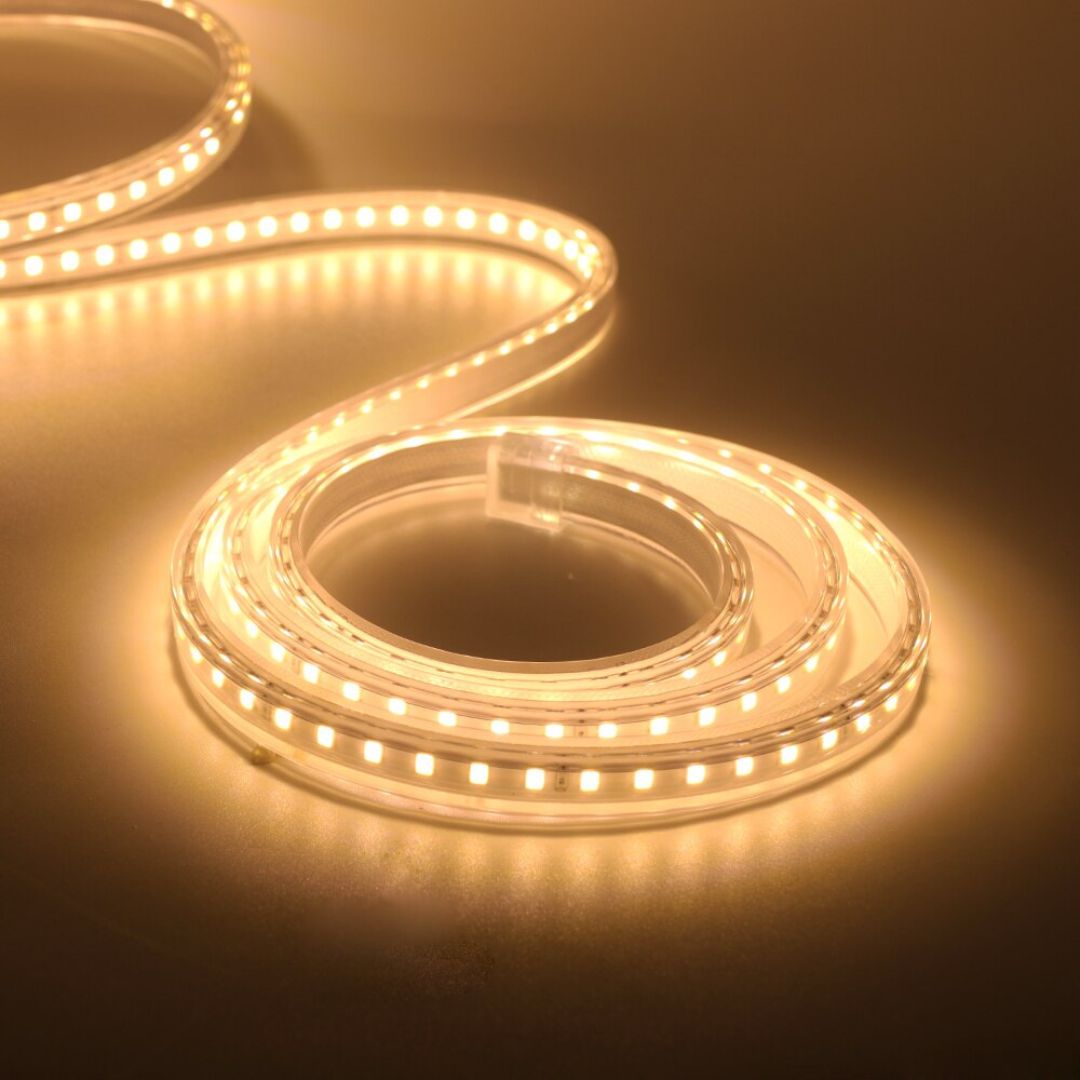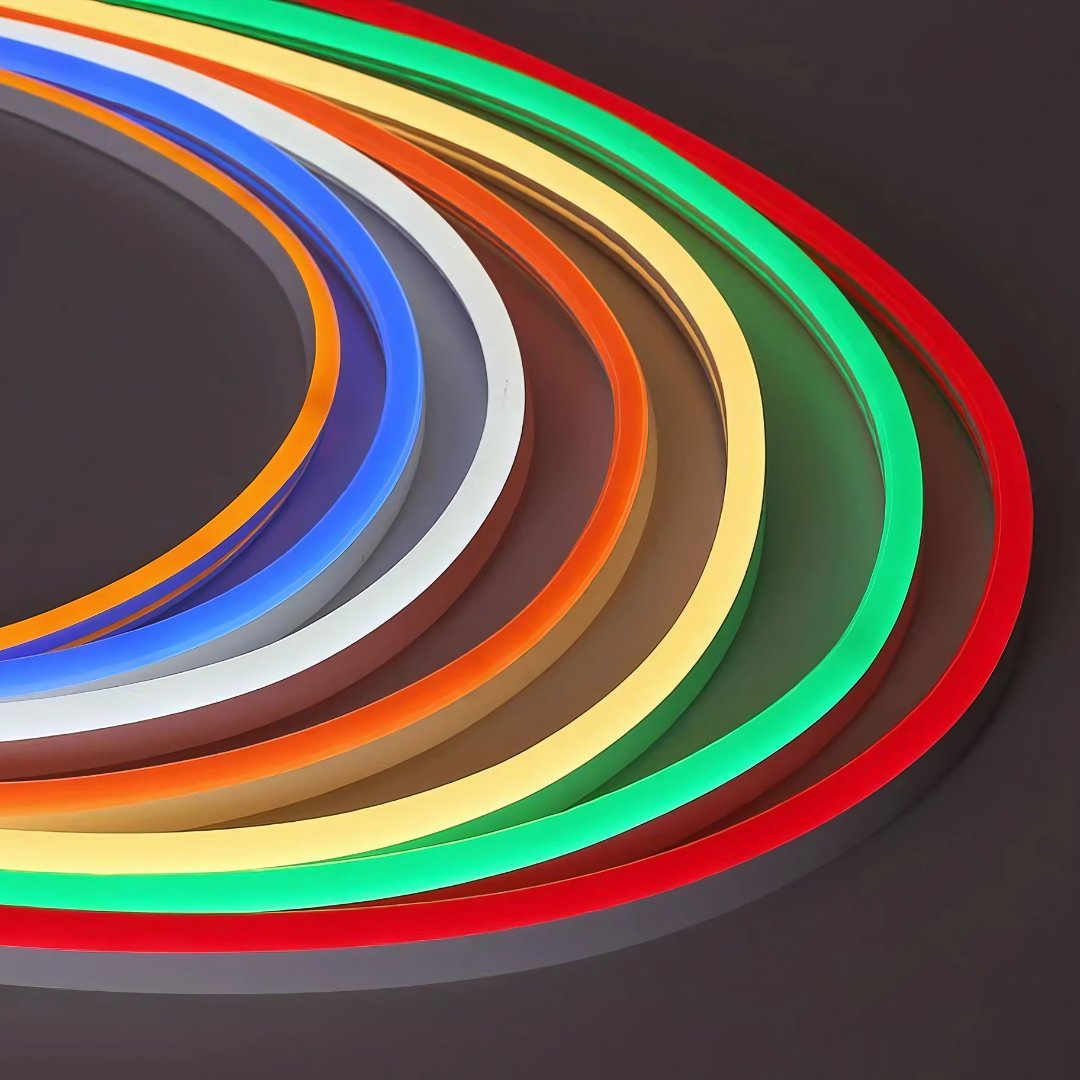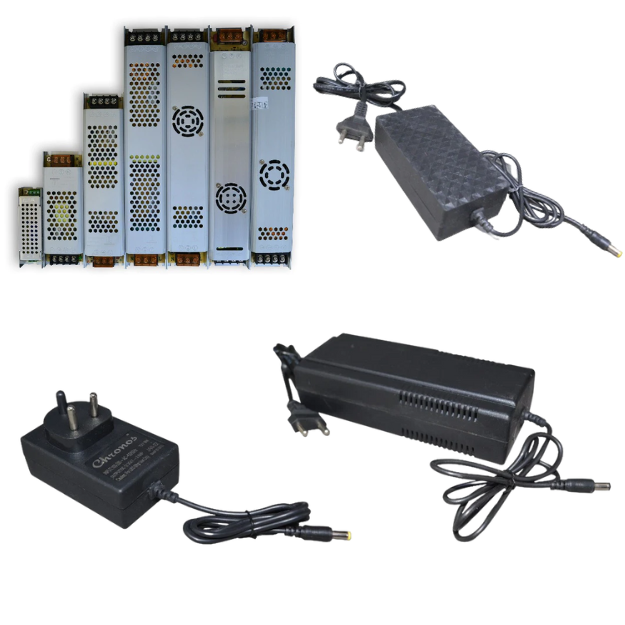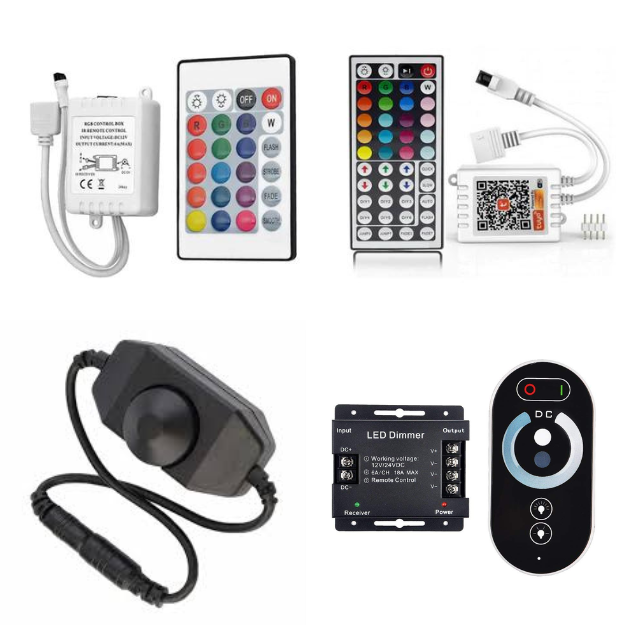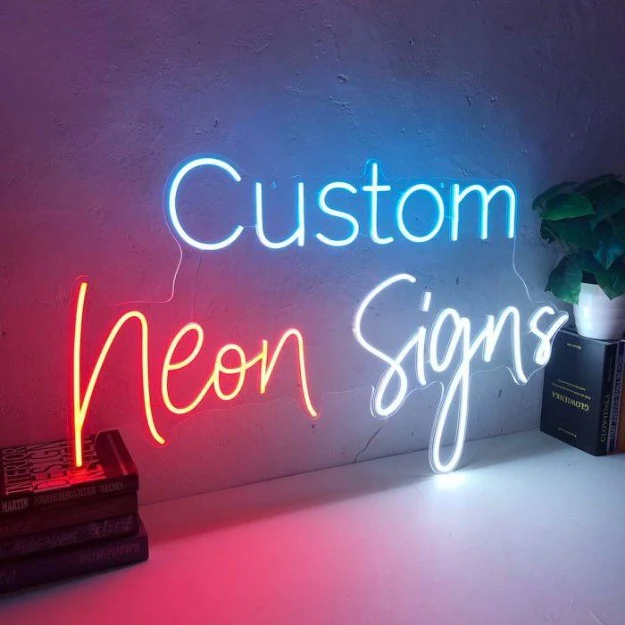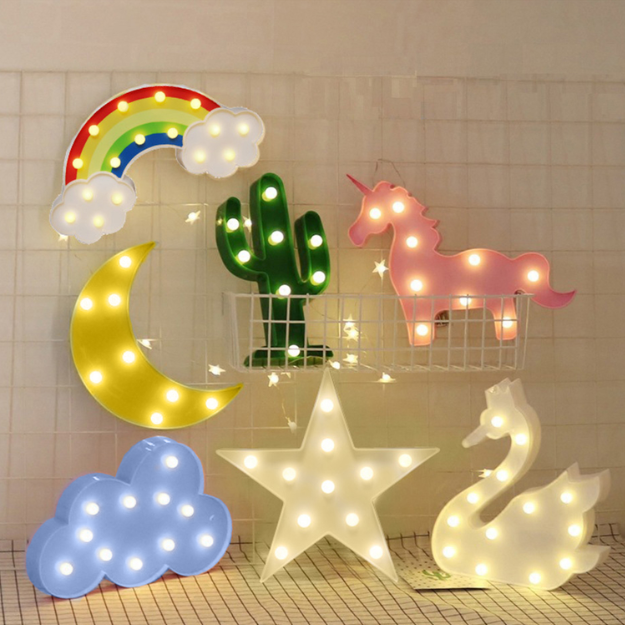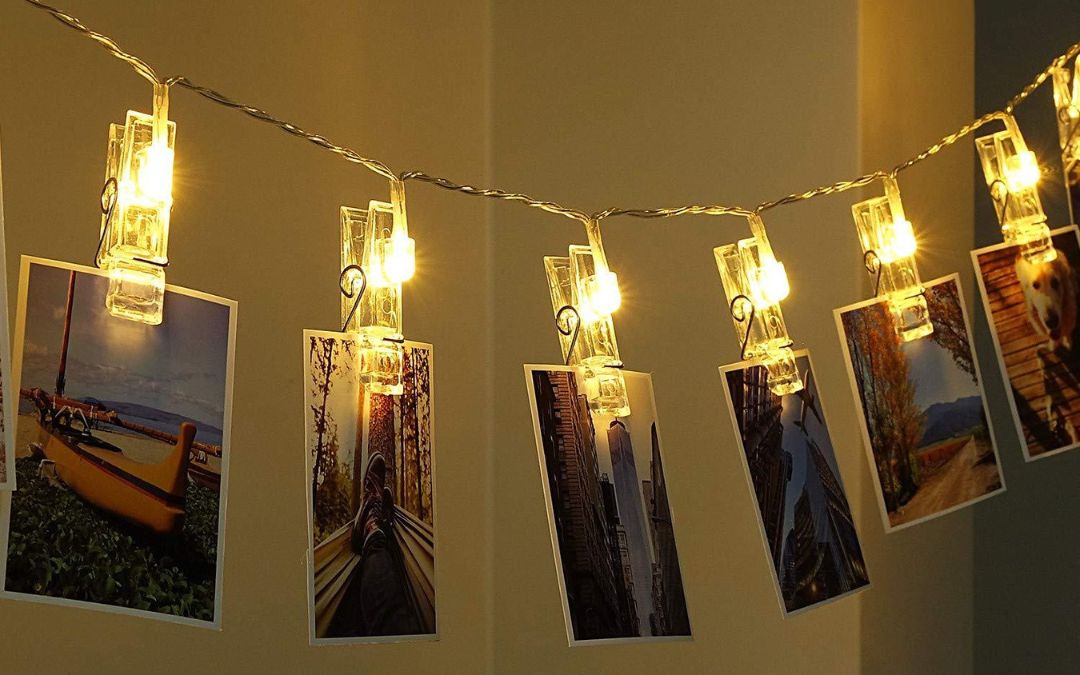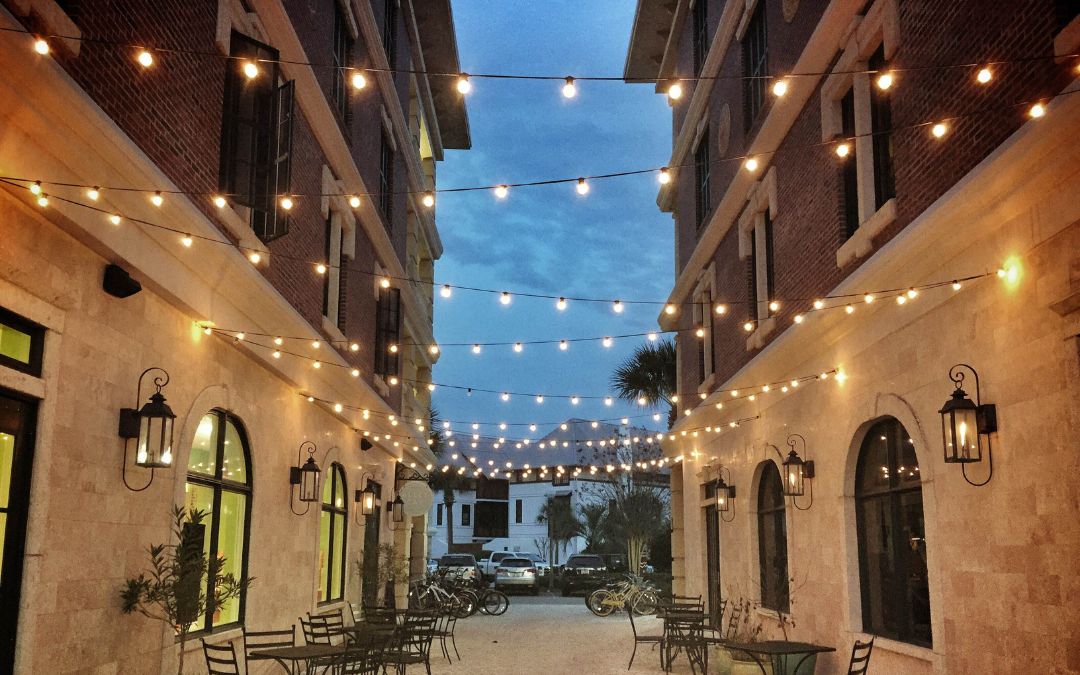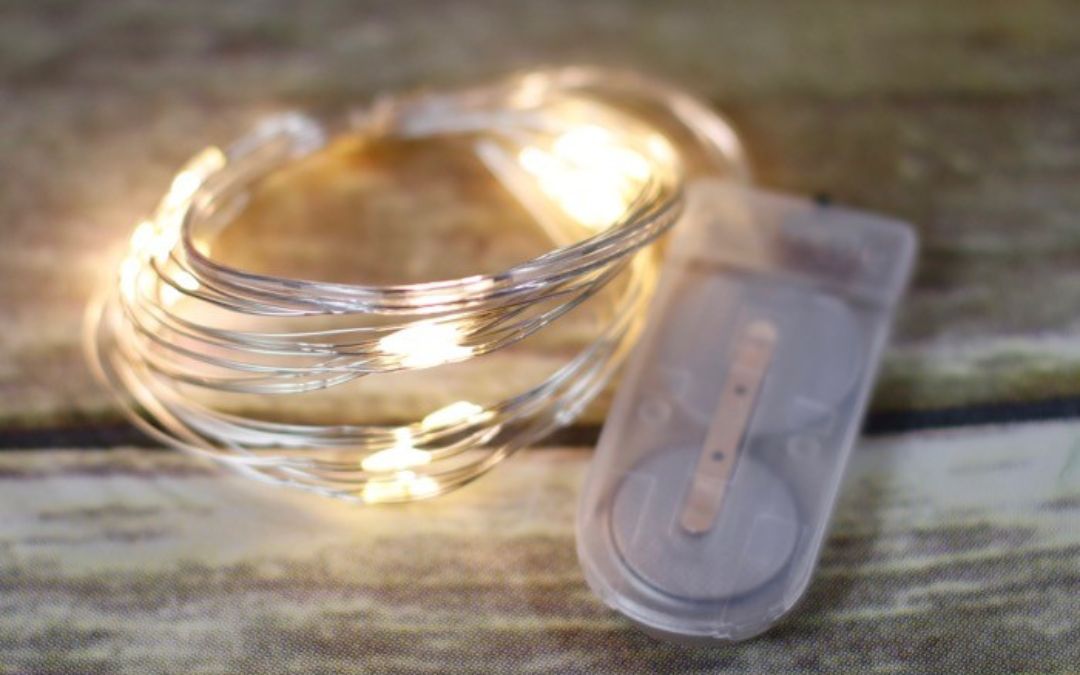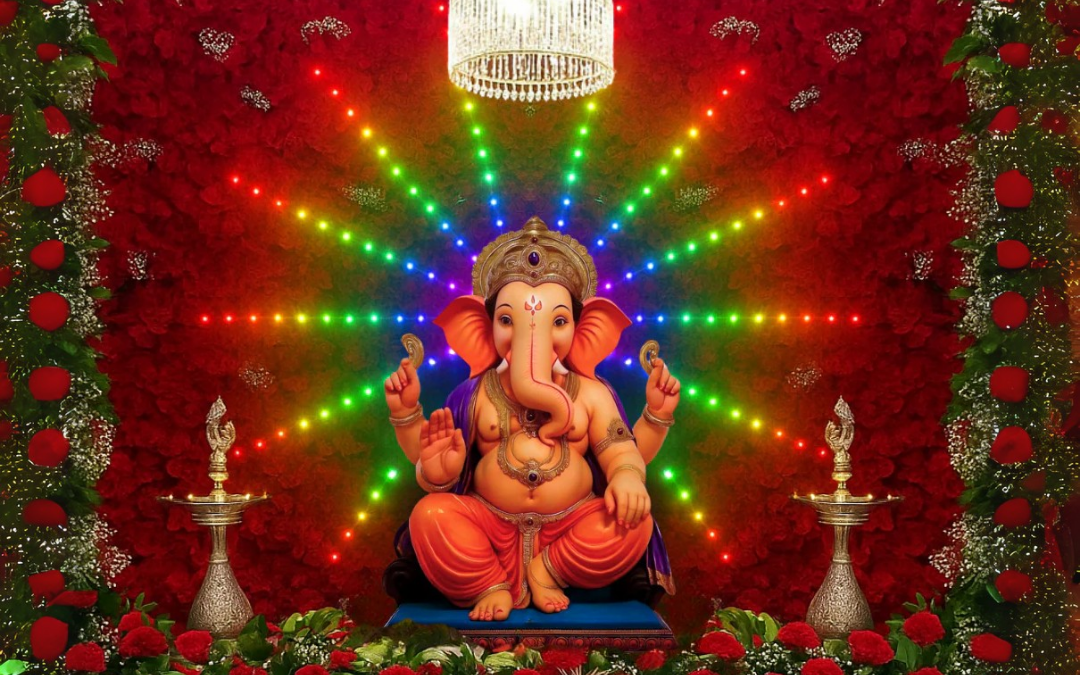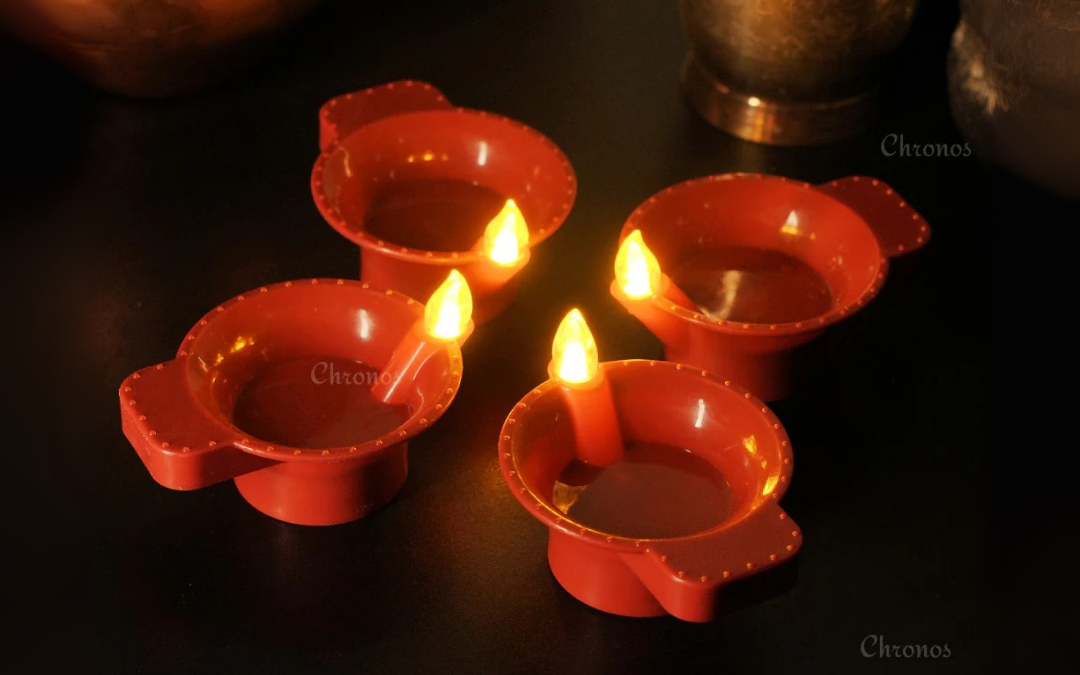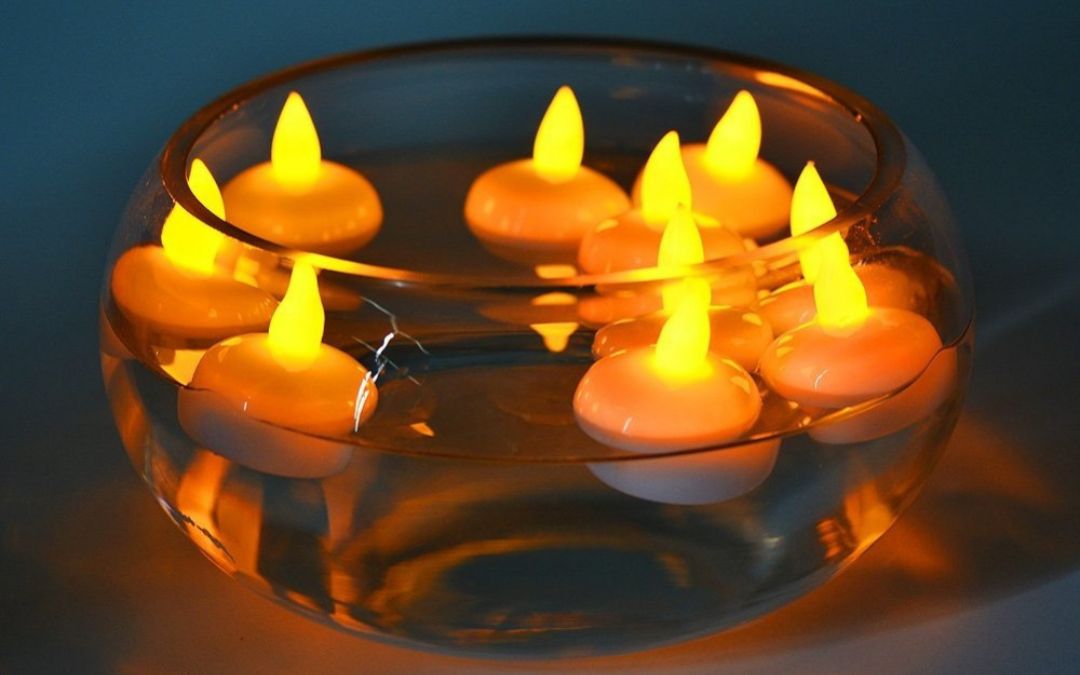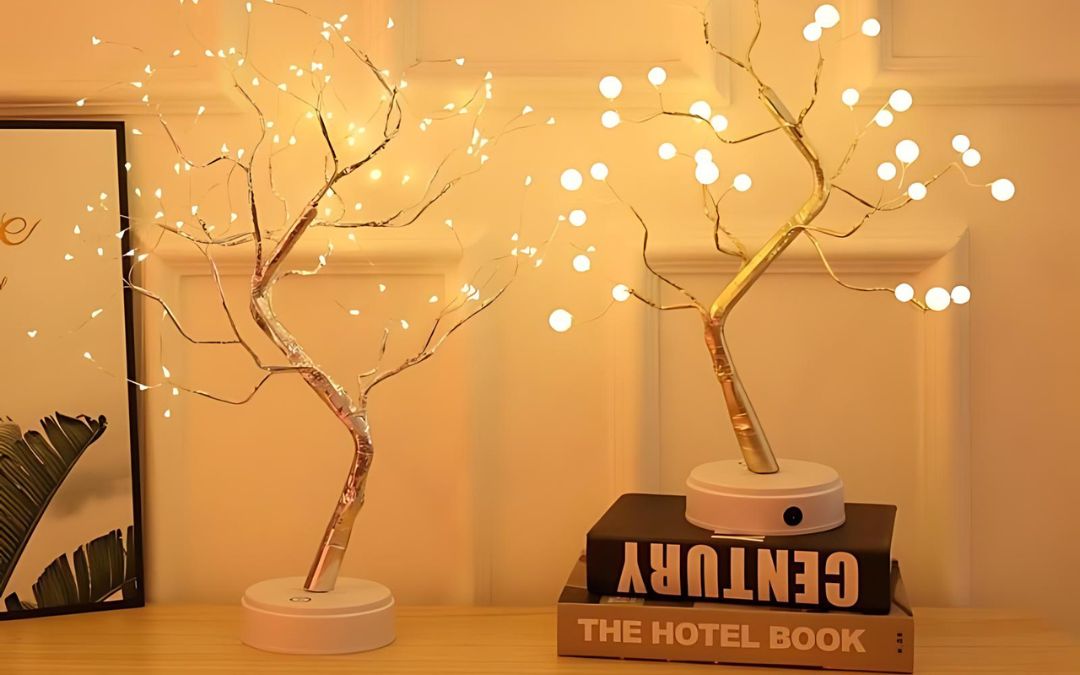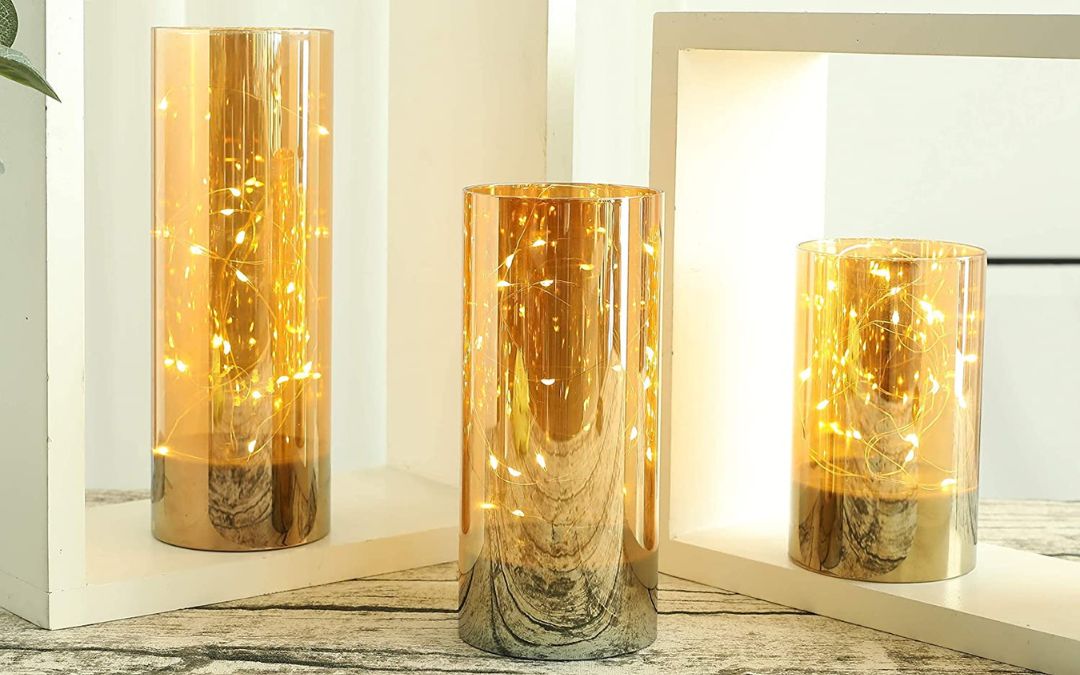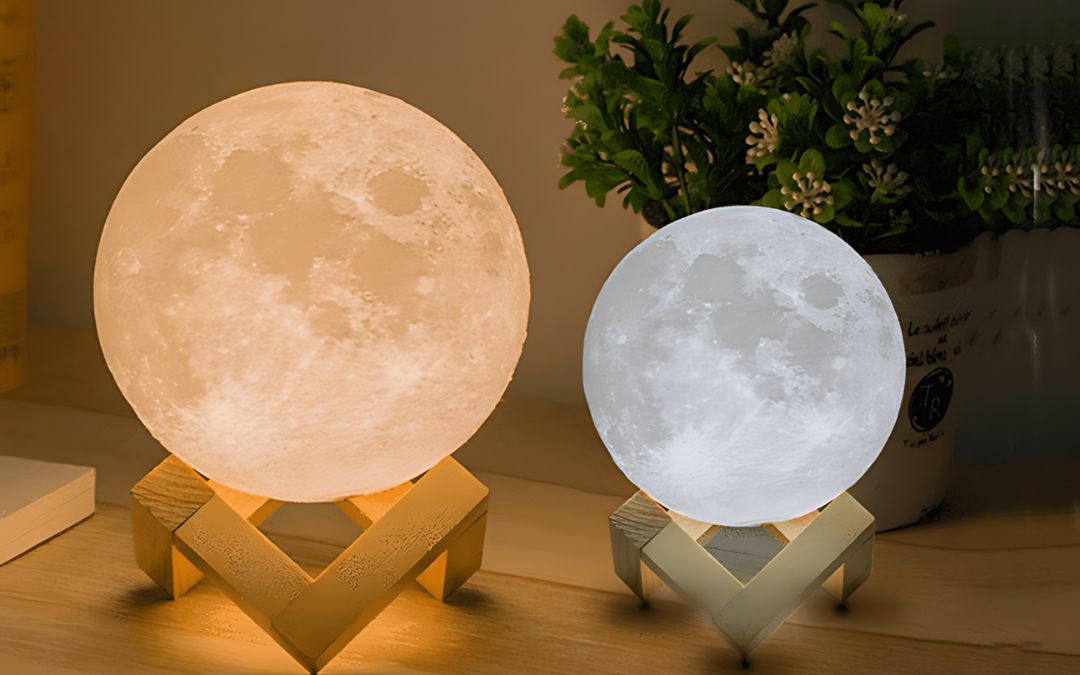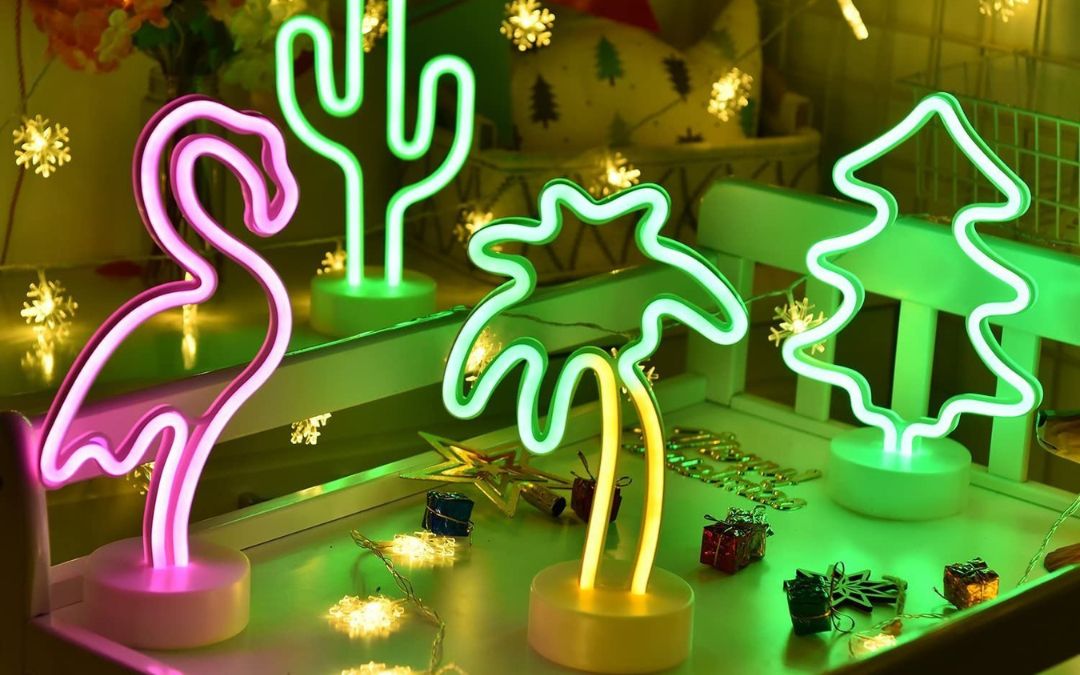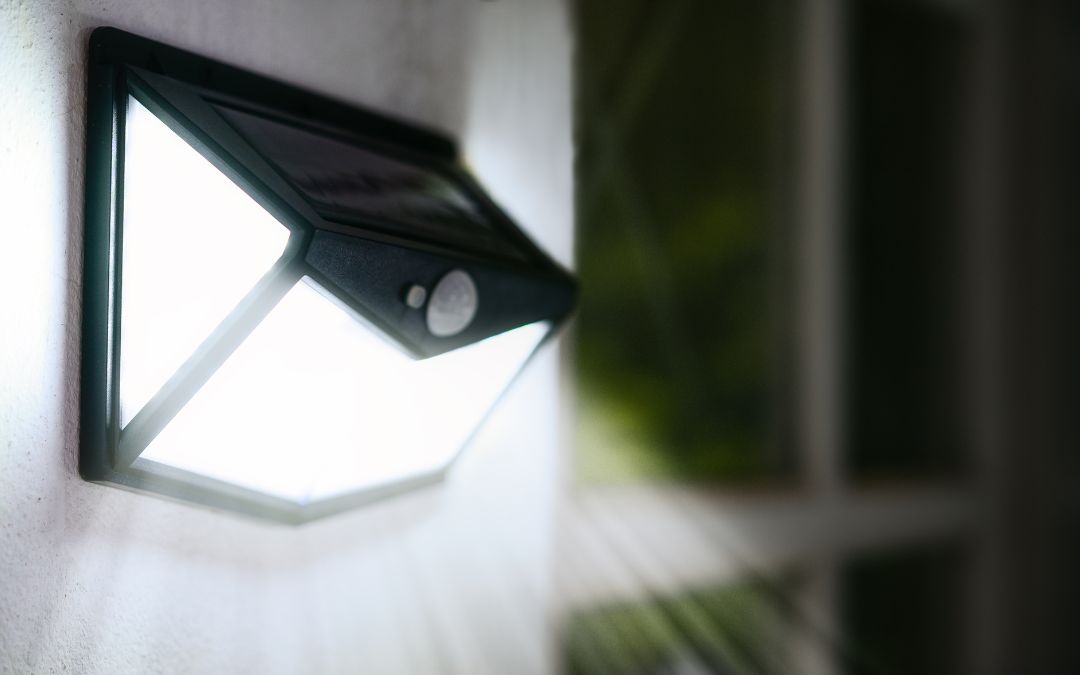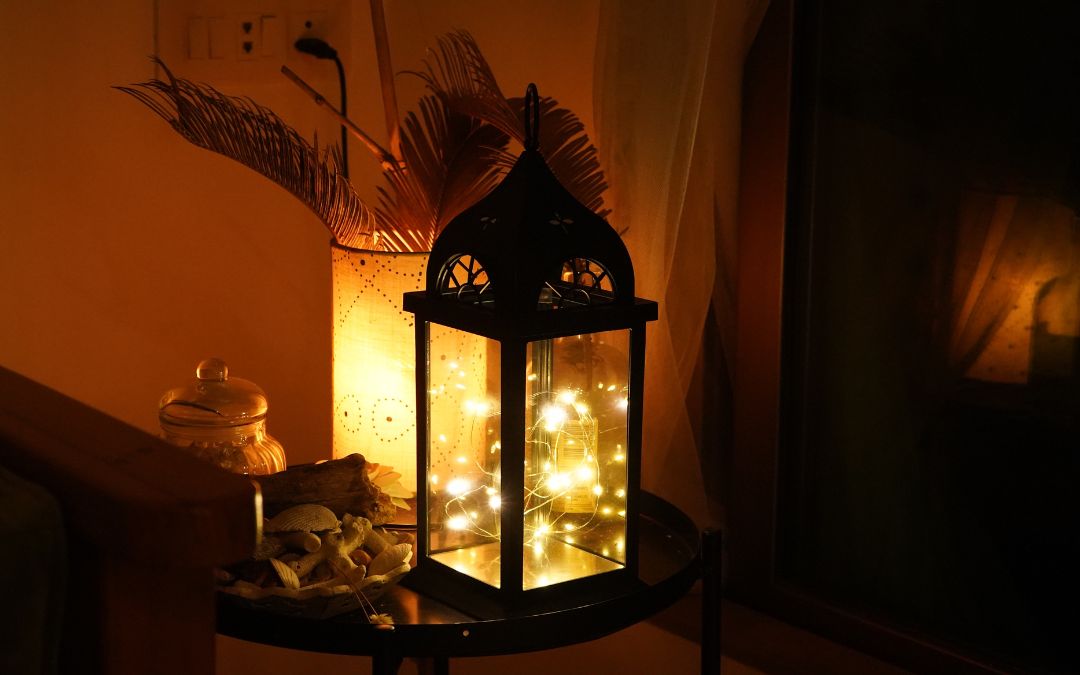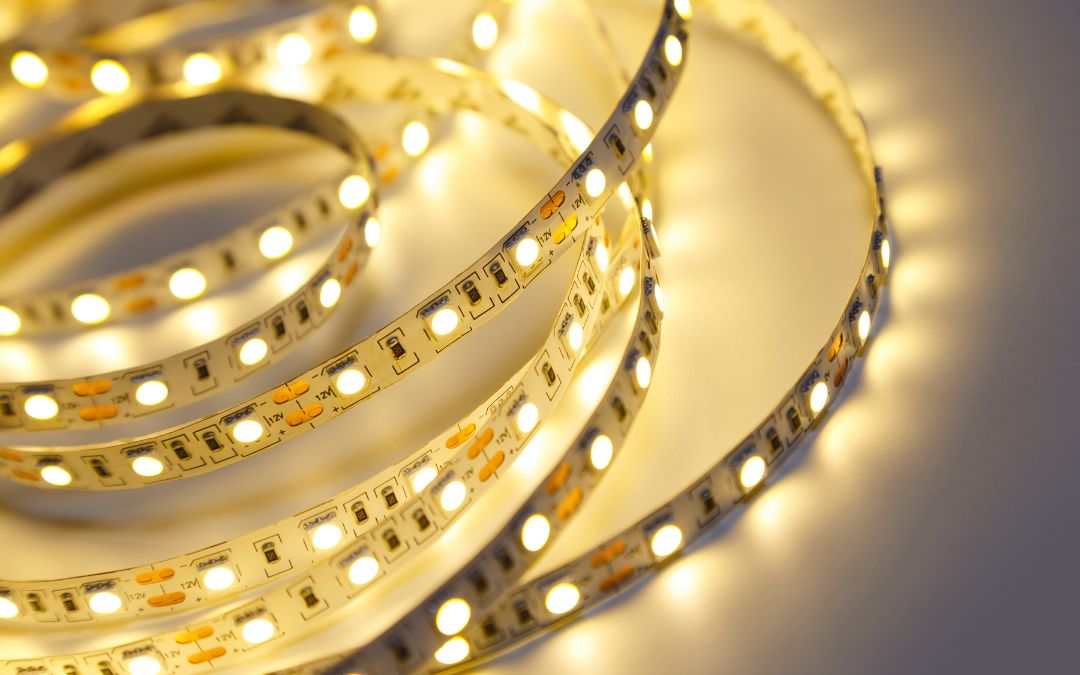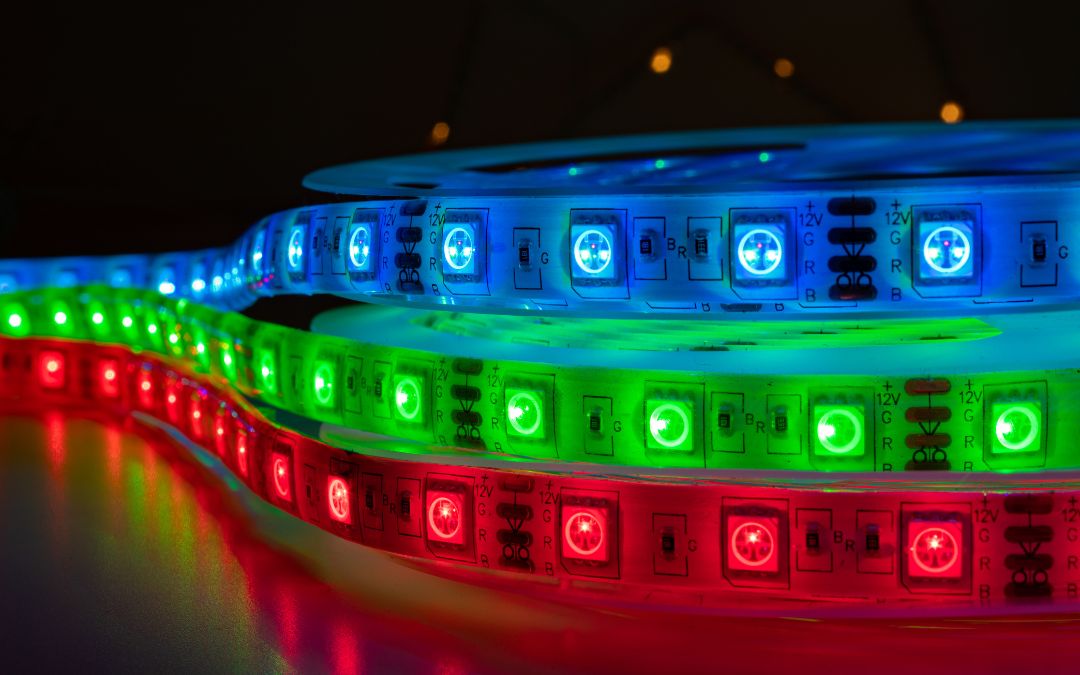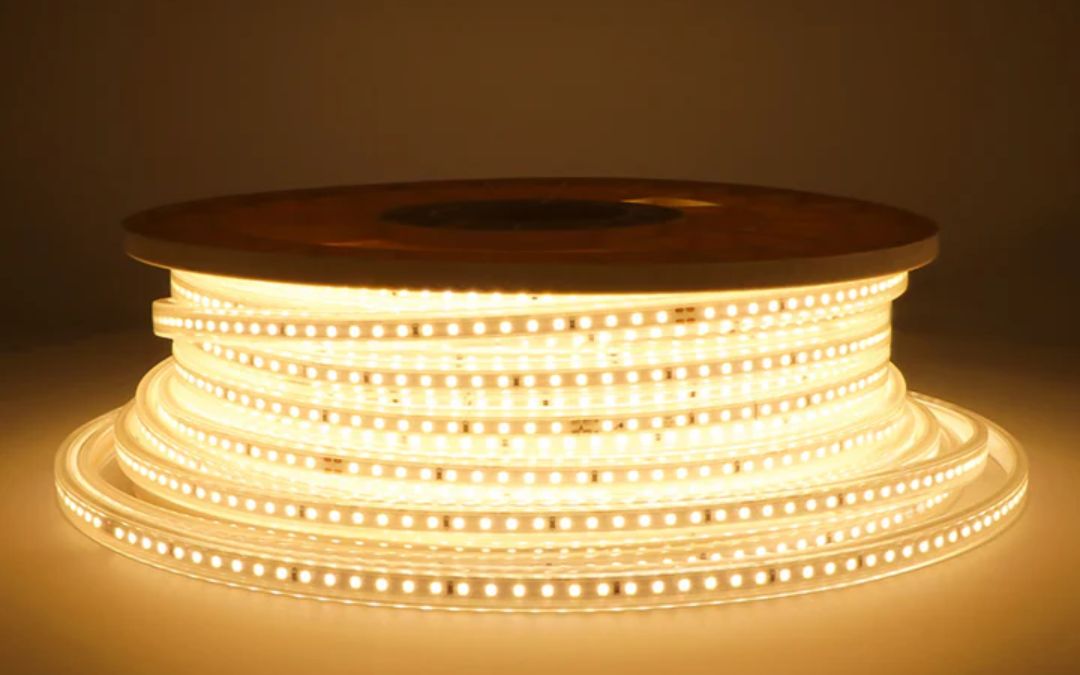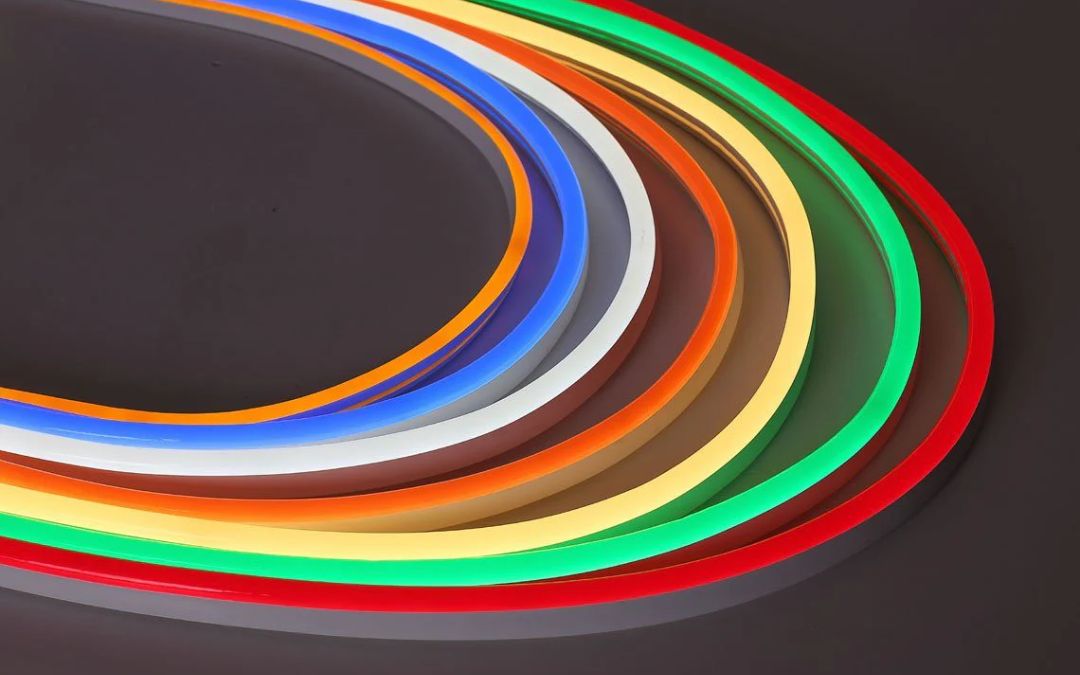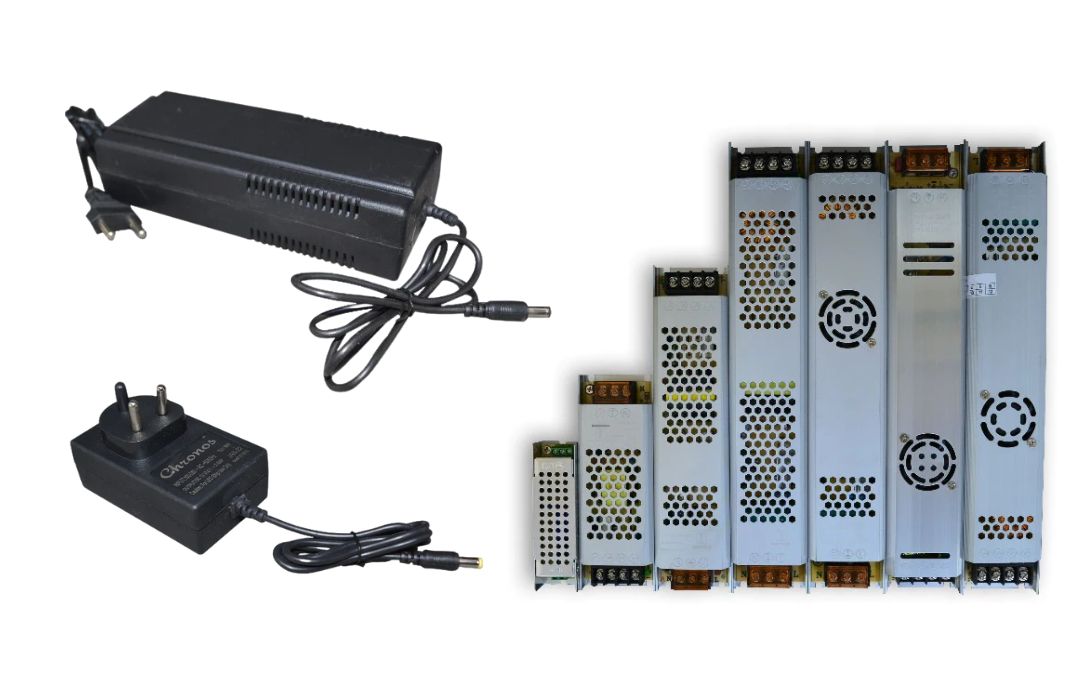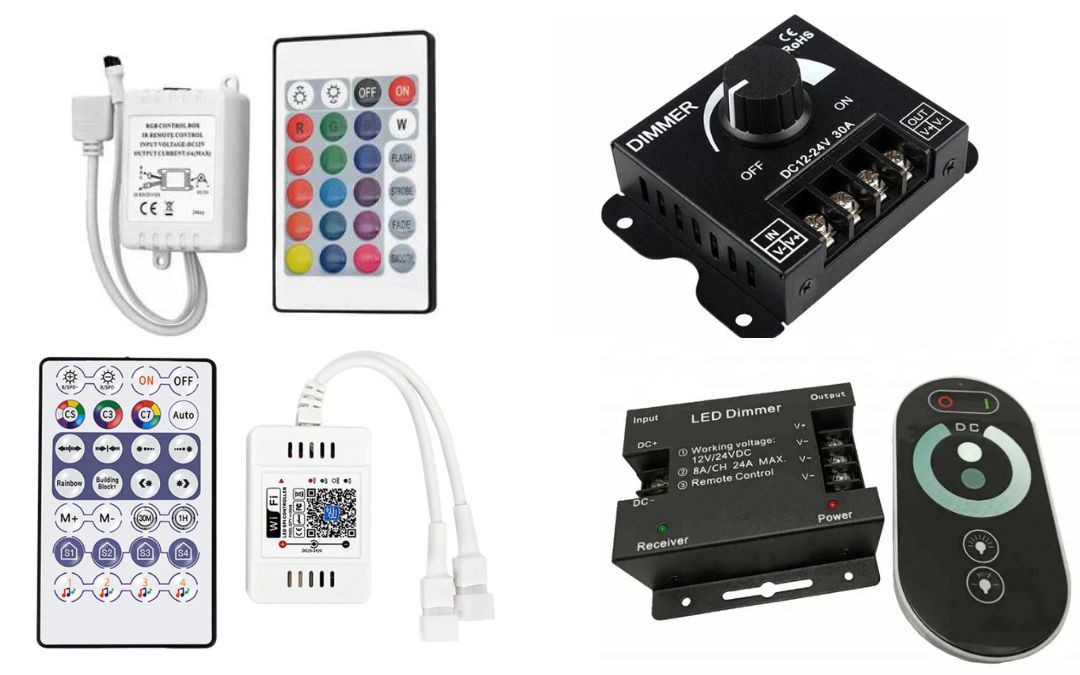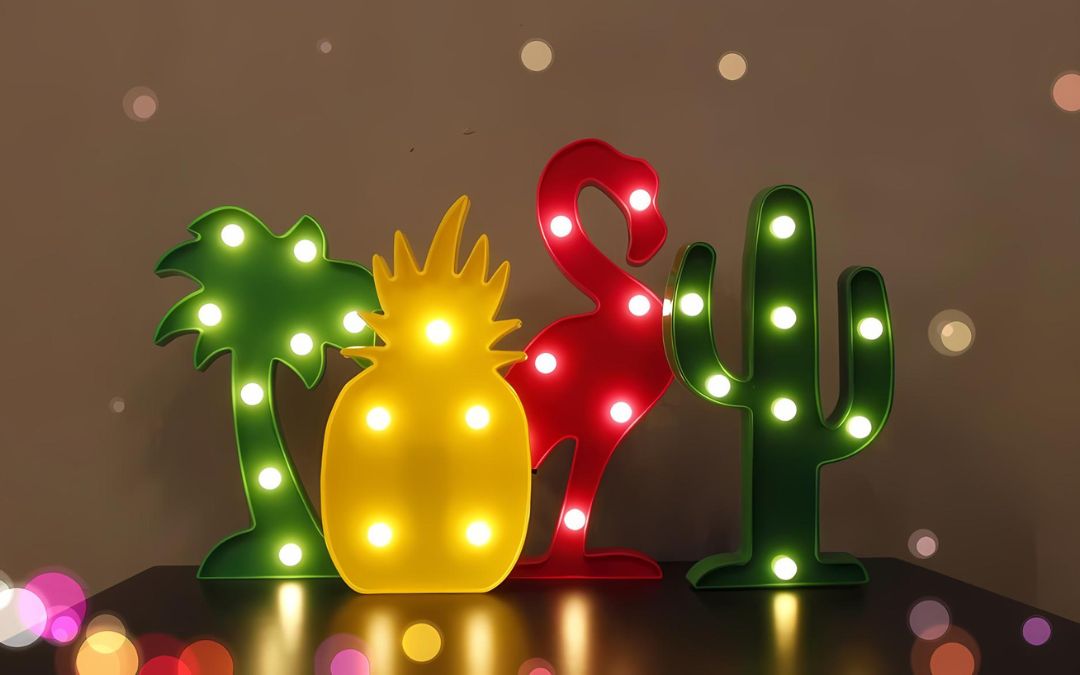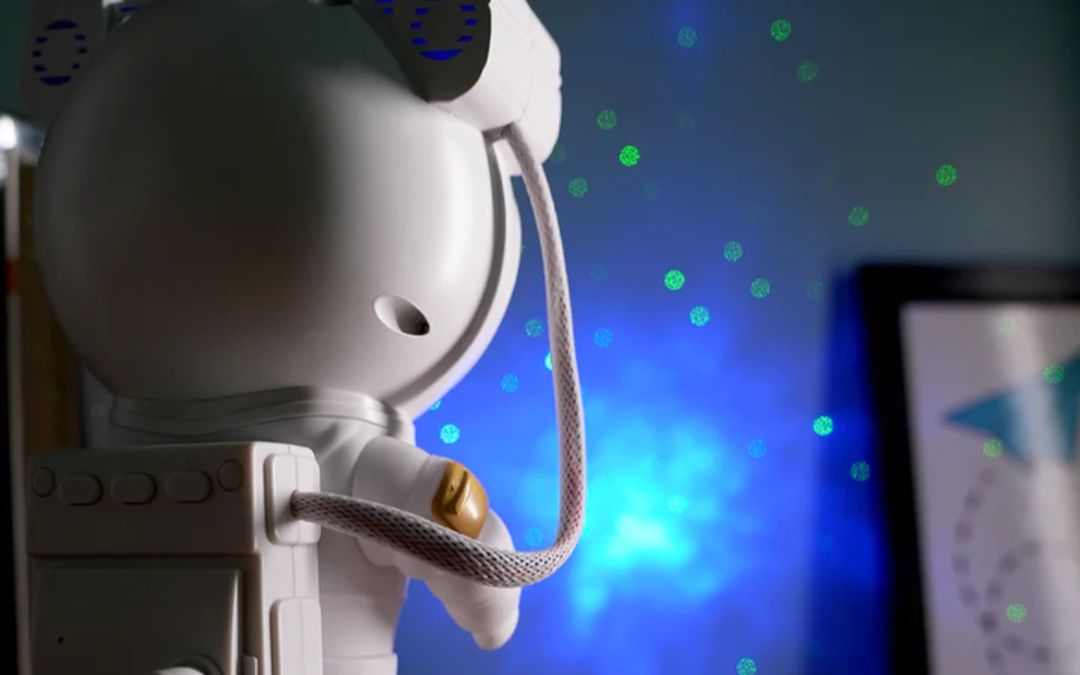How to Use LED Strip Lights: A Guide for Beginners
Table of Contents
1. Introduction
LED strip lights are a game-changer in home lighting. They offer flexibility, energy efficiency, and a stylish appeal for various applications, from cozy bedroom lighting to vibrant party setups. Whether you're a beginner or an expert, learning how to properly use and install LED strip lights is essential for getting the best results.
This guide will help you understand how to use LED strip lights, from choosing the right type to installing and controlling them effectively.
2. Types of LED Strip Lights
Before purchasing, it's important to know the different types of LED strip lights available:
Based on LED Type
🔹 SMD 2835 – Best for soft accent lighting and basic décor.
🔹 SMD 3528 – Suitable for indirect lighting with moderate brightness.
🔹 SMD 5050 – Brighter than 3528, ideal for general lighting.
🔹 SMD 5630/5730 – Ultra-bright, perfect for task lighting and large spaces.
Based on Color Type
✅ Single Color (Warm White, Cool White, Natural White) – Best for simple lighting solutions.
✅ RGB (Red, Green, Blue) – Allows color-changing effects.
✅ RGBW (RGB + White) – Adds a dedicated white LED for better brightness.
✅ Smart LED Strips – Controlled via apps, Alexa, or Google Assistant.
3. Where to Use LED Strip Lights
LED strip lights can be installed almost anywhere! Here are some popular applications:
🏠 Home Interiors:
-
Bedroom under-bed lighting
-
False ceiling cove lighting
-
Under-cabinet kitchen lighting
-
Staircase and hallway lighting
🎨 Decorative & Festive Uses:
-
Wall and ceiling designs
-
Christmas and Diwali décor
-
Bar and café ambiance lighting
📺 Entertainment & Workspaces:
-
Behind TV screens (bias lighting)
-
Under desks and gaming setups
-
Study and workspaces
🚗 Outdoor & Commercial:
-
Garden and pathway lighting (waterproof LED strips)
-
Storefronts and display lighting
-
Car interiors
4. How to Choose the Right LED Strip Light
Selecting the perfect LED strip depends on a few key factors:
🔹 Brightness & Lumens:
-
Low (300-500 lm/m) – For soft decorative lighting.
-
Medium (600-900 lm/m) – Suitable for general lighting.
-
High (1000+ lm/m) – Ideal for task lighting.
🔹 Color Temperature:
-
Warm White (2700K-3000K) – Cozy, relaxing ambiance.
-
Natural White (4000K-4500K) – Balanced, neutral lighting.
-
Cool White (6000K-6500K) – Bright and energetic feel.
🔹 Voltage:
-
12V – Ideal for short strips and home use.
-
24V – Recommended for longer strips (above 5m) to avoid voltage drop.
🔹 IP Rating (Waterproof or Not?)
-
IP20 – Indoor use only (dry areas).
-
IP65 – Water-resistant (bathrooms and kitchens).
-
IP67/IP68 – Fully waterproof for outdoor and underwater use.
5. Powering LED Strip Lights
LED strips need the correct power supply for optimal performance.
⚡ Things to Consider:
✅ Check the Voltage – Ensure you have the correct 12V or 24V power supply.
✅ Calculate Power Consumption – Multiply wattage per meter by strip length (e.g., 12W/m × 5m = 60W).
✅ Use a Reliable LED Driver – A good-quality power supply prevents flickering and overheating.
✔ Pro Tip: Always get a power adapter with 10-20% extra capacity for safe operation.
6. Installation Guide
Installing LED strip lights is quick and easy, but following proper steps ensures a professional finish.
Step 1: Measure & Cut
-
Measure the area where you want to install the strip.
-
Cut the LED strip only at the marked cut points to avoid damaging the circuit.
Step 2: Clean the Surface
-
Wipe the installation area with a dry cloth to remove dust and dirt.
-
For rough surfaces, use mounting clips or an aluminum channel for better adhesion.
Step 3: Attach the LED Strip
-
Peel off the adhesive backing and stick the strip in place.
-
Press firmly to ensure strong adhesion.
Step 4: Connect to Power
-
Attach the strip to the LED driver or power adapter.
-
Plug it in and test if the strip lights up properly.
Step 5: Secure & Finish
-
If needed, secure the strip with extra tape, clips, or an aluminum profile.
-
Enjoy your new LED lighting setup!
✔ Pro Tip: For corners or extensions, use LED strip connectors instead of soldering.
7. How to Control LED Strip Lights
There are multiple ways to adjust brightness, change colors, and switch modes in LED strips:
🎛 Remote Control – Basic remotes to control colors and dimming.
📱 Smartphone App – Control via WiFi or Bluetooth.
🎶 Music Sync – LED strips change colors based on sound beats.
🔆 Dimmer Switch – Manually adjust brightness levels.
✔ Pro Tip: For smart home integration, choose WiFi-enabled LED strips compatible with Alexa or Google Assistant.
8. Tips for Long-Lasting Performance
To keep your LED strip lights working efficiently for years:
✅ Use a stable power supply – Prevents flickering and overheating.
✅ Avoid bending the strip excessively – Bending at sharp angles can damage LEDs.
✅ Choose an aluminum channel for heat dissipation – Helps extend LED lifespan.
✅ Use proper connectors for extensions – Ensures smooth power flow.
✅ Turn off LED strips when not needed – Saves energy and prevents overheating.
✔ Pro Tip: High-quality LED strips last 50,000+ hours with proper care!
9. Final Thoughts
LED strip lights are a versatile, energy-efficient, and stylish lighting solution for any space. Whether you're installing them for aesthetic ambiance, task lighting, or festive décor, knowing how to choose, install, and maintain them ensures optimal performance.
🚀 Ready to Upgrade Your Home with LED Strip Lights?
Check out Chronos Lights for premium Made-in-India LED Strip Lights designed for homes, businesses, and festive decorations.
💡 Transform your space with LED technology today!



